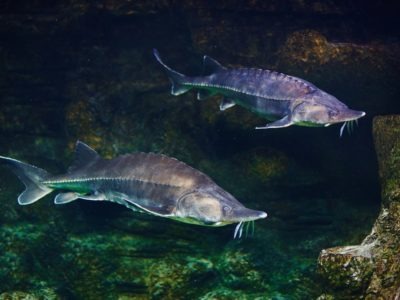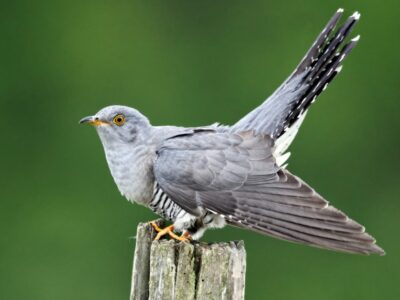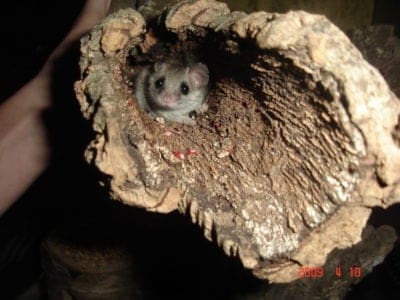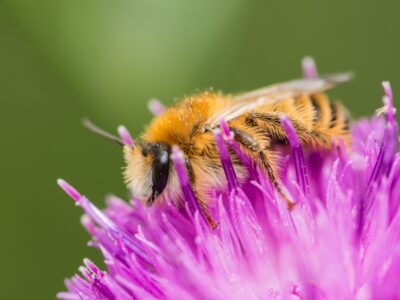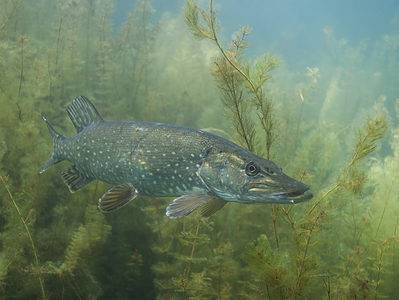Below you can find a complete list of Romanian animals. We currently track 243 animals in Romania and are adding more every day!
Romania is a mid-sized Eastern European country that first gained its independence in the late 19th century. Its borders are bounded by the mighty Danube River in the south and the Black Sea in the east. The center of the country is dominated by the massive Carpathian Mountain range; the highest point is Moldoveanu Peak, which stands at more than 8,000 feet above sea level. These mountains are surrounded by plains, plateaus, and mixed forests of all kinds. Some parts of Romania are like a portal back in time to a more pristine Europe, untouched by human contact. It contains many large predatory mammals, migrating birds, and the last remaining population of feral horses in Europe.
The Official National Animal Of Romania
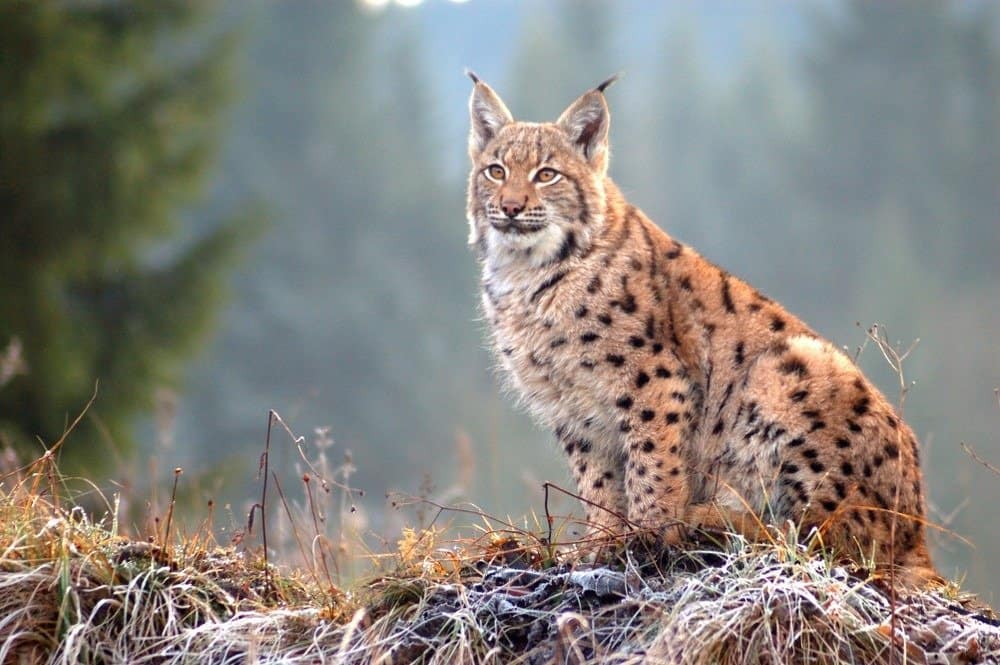
Around 2000 Eurasian Lynx can be found in Romania.
©Milan Rybar/Shutterstock.com
The Eurasian lynx is the official national animal of Romania. This medium-sized wild cat is very common throughout Russia, Scandinavia, and many other mountainous regions of Asia and Europe. It is also protected by the national government. The best chance of seeing a lynx is in Romania – of the 2800 lynx living in the Carpathian Mountains, 2000 of them are found in Romania.
Considered the largest of the lynx species, it is the largest cat found in Europe, although not technically in the same family as the traditional big cats like lions and leopards. A carnivore that can live for more than 20 years, this cat weighs an average of 33 to 55 lbs. It can reach lengths of 2.5 to almost 4 feet.
Where To Find The Top Wild Animals In Romania
Romania has a total of 14 national parks from which you can see some of the country’s most impressive wildlife. Călimani, located in the northern part of Romania, contains the largest volcanic complex of the Carpathian Mountains. It also harbors some of the most popular wildlife, including lynxes, badgers, and bears. The Danube Delta, which connects to the Black Sea in the east, is the country’s largest national park and one of the best-preserved areas on the continent. It’s a good place to watch migrating birds, wild horses, and other uncommon animals.
The Cheile Nerei-Beușnița National Park, located in the southwest near the Serbian border, has brown bears, badgers, stone martens, and plenty of birds of prey. Ceahlău National Park, located in the northeastern part of the Carpathian Mountains range, is a popular hiking destination. It contains many impressive birds, including the black stork, European roller, and golden eagle. The nearby Cheile Bicazului–Hășmaș National Park is another popular hiking destination for wildlife lovers. It has many different types of wolves, bears, reptiles, deer, owls, and foxes.
The Most Dangerous Animals In Romania Today
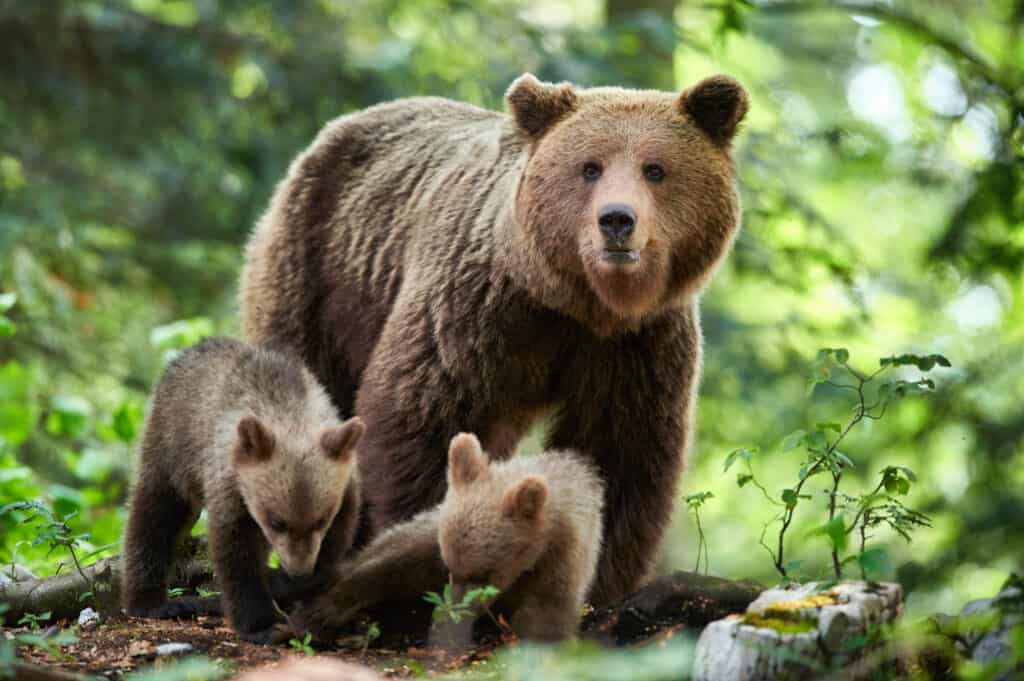
Brown bear (Ursus arctos) is one of the most common species of bear.
©Piotr Krzeslak/Shutterstock.com
Romania has several large carnivores and venomous snakes that may prove dangerous if encountered. While many other European countries are struggling to maintain their populations of carnivorous mammals, Romania has a relatively high rate of them located in its mountains and hills. Most of these predators won’t attack people except out of self-defense, though deaths still do occur.
- Brown Bear – Romania has one of the largest brown bear populations in all of Europe. Thousands of them roam the Carpathian Mountains and rural areas. Although they sometimes come in contact with people, actual attacks are very rare. There is a battle going on in the country between those who want to keep bear hunting illegal and those who want to open it up for sport.
- Horned Viper – Featuring a single large horn at the end of the snout, the horned viper is perhaps the most dangerous of all the European vipers. The toxin from its bite can cause pain, swelling, hemorrhaging, and some even neurological symptoms. It lives in dry, rocky hillsides in the southern part of Romania and throughout the rest of the Balkans.
- European Common Viper – This species is very common throughout the continent, and therefore, the incidence of bites is relatively high. Symptoms of its toxin may include pain, swelling, nausea, vomiting, and lightheadedness. Fortunately, death is rare from this snake’s venom.
Endangered Animals In Romania
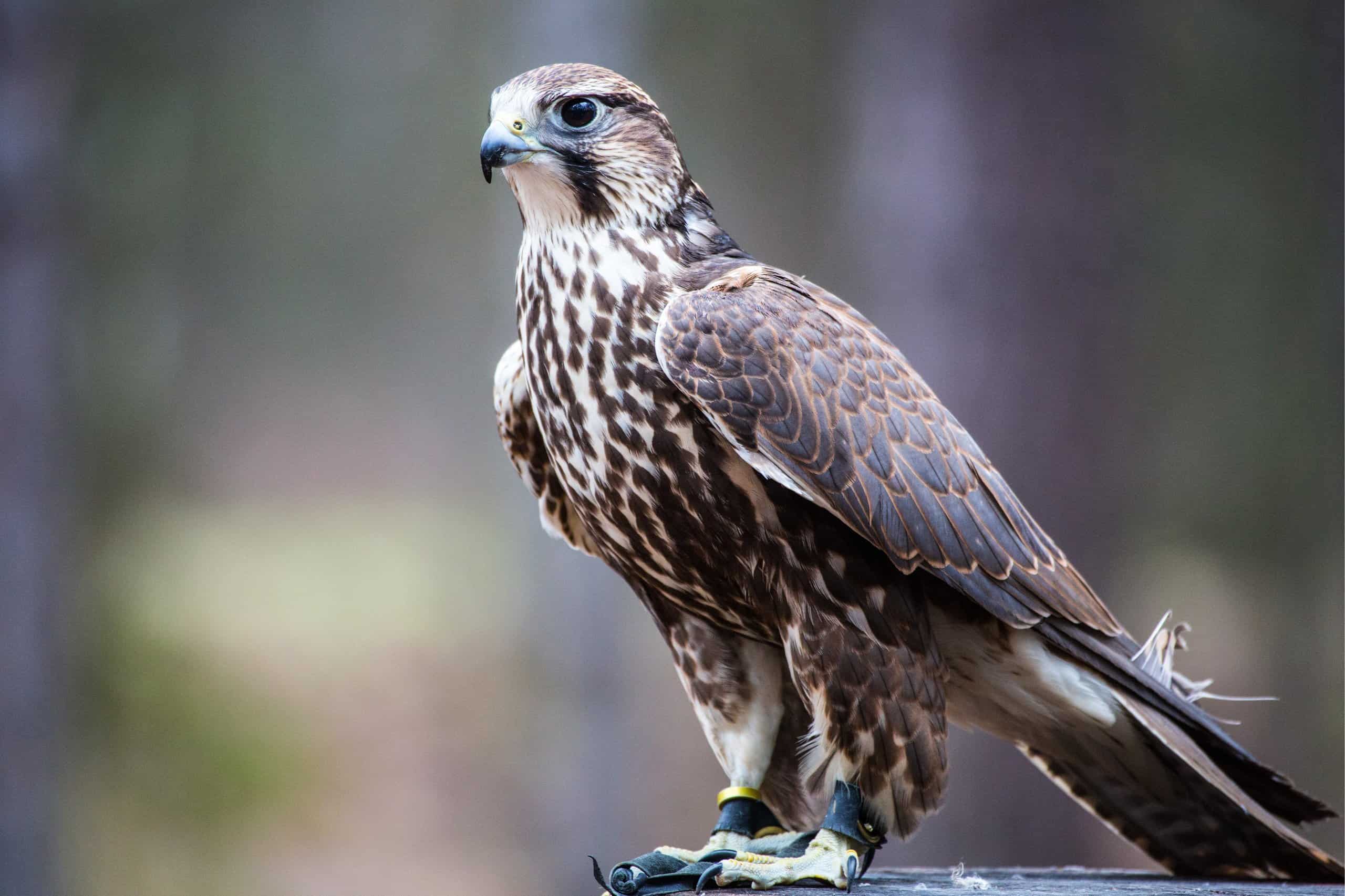
The Saker falcon is considered one of the fastest birds in the world.
©Gary C. Tognoni/Shutterstock.com
While several species in Romania are now endangered, it could be argued that many of the country’s native animals, such as bears and wolves, are in better shape than they are almost anywhere else in Europe. In fact, thanks to the protection of critical land, Romania is often a refuge for many species that have disappeared or dwindled elsewhere.
- European Mink – This semi-aquatic member of the weasel genus was once common throughout the entire continent, but after years of overhunting, habitat destruction, and competition with the American mink, it is now confined to very small parts of Eastern Europe. In Romania, it’s still sometimes found in the Danube Delta. However, this native European animal is in danger of becoming extinct.
- European Ground Squirrel – Also known as the European souslik, this species was once more widespread across more of Central and Eastern Europe, but changes in agricultural practices and land use may have made it more difficult for it to dig burrows for protection.
- Asprete – Also known as the Romanian darter, this small fish is closely related to other European perches. Critically endangered, it is now only found in small parts of a tributary river west of Bucharest.
- Saker Falcon – This remarkably fast and agile migratory falcon (which has a wider range across much of Western and Central Asia) nearly disappeared from Romania years ago due to overhunting, poisoning, and the loss of nesting sites. Conservationists are trying to reintroduce the bird back into parts of its former range.
The saker falcon is a strictly protected bird of prey that is endanger of becoming extinct within the next 15 years. Due to rapid population decline, trapping and indirect poisoning, there are estimated to be about 5000 of the saker falcon in existence. Once found all throughout Romania, their preferred diet is small mammals, especially the European ground squirrel.
The Rarest Animal In Romania
The asprete, or the Romanian darter, is not only the rarest fish in Romania but the rarest one in Europe. It is a ray-finned fish and is considered a living fossil because it has survived for millions of years largely unchanged. This dinosaur fish is listed as critically endangered and is fully protected. Found in only one river in Romania, the Valsan River, human activity has led to its near extinction.
The Largest Animals In Romania
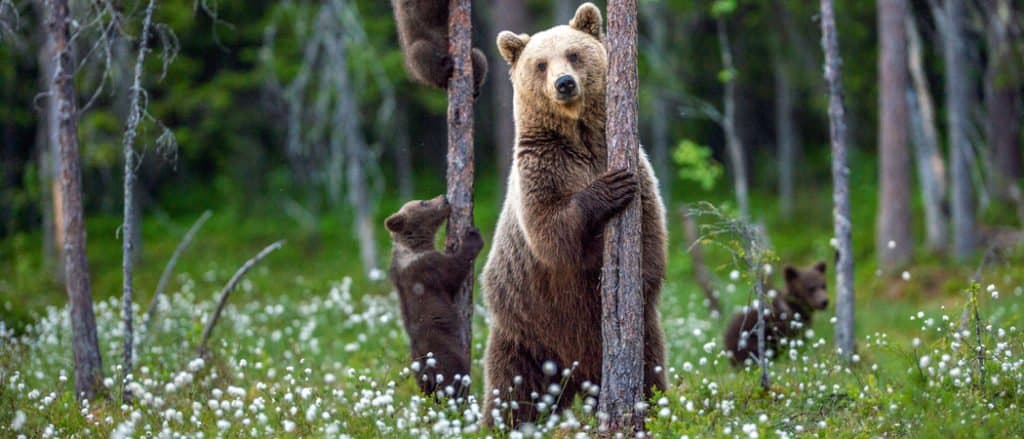
The brown bear is a large species found in the Carpathian region, most notably in Romania.
©iStock.com/USO
While Eurasian brown bears are smaller than the North American brown bear, they are the largest animal found in Romania. With heights reaching almost 7 feet, and weighing over 770 lbs, they are still quite an impressive size. The largest population of brown bears is found in Romania, in the Carpathian Mountains, with numbers nearing 6000. Called the King of the forest, this brown bear has a life expectancy of 30 to 40 years.
The European bison, once hunted to extinction, is making a slow comeback thanks to reintroduction and rewilding projects and at almost one ton, is one of the largest animals found in Romania. This giant can be found at numerous reserves in the country. In the Poiana Rusca Mountains in western Romania there is the European Bison Reserve or in northeastern Romania, you can visit Vanatori-Neamt Nature Park.
The Flag Of Romania

Romanian Flag
©iStock.com/EA
Although the flag of Romania was not officially adopted until the late 20th century, evidence shows that it had been associated with the country since around the 19th century. The flag is a vertical tricolor of red, yellow, and blue. The use of these colors dates to the Wallachian uprising of 1821. It was decided upon that the use of these colors would be used to represent fraternity, justice and liberty.
Blue is representative of liberty, the yellow band is for justice and the red band is the symbol of the nation’s fraternity.
Romanian Animals
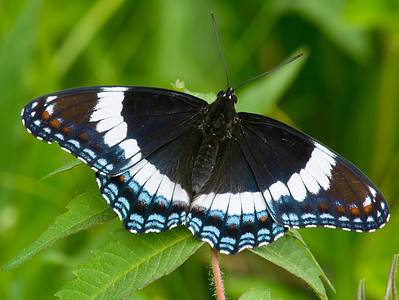
Admiral Butterfly
Stunningly beautiful wings
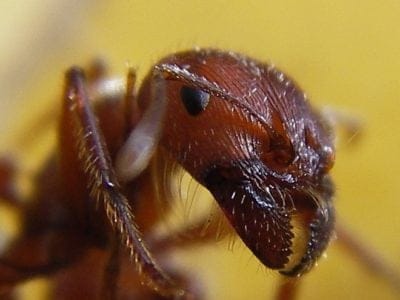
Ant
First evolved 100 million years ago!
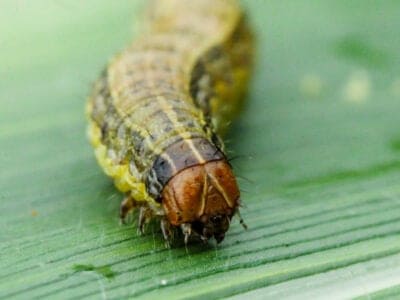
Armyworm
They are so named because they "march" in armies of worms from one crop to another in search of food
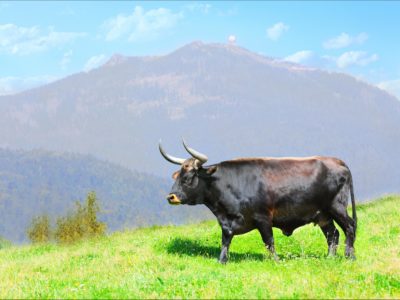
Aurochs
Extinct ancestor of all domesticated cattle!
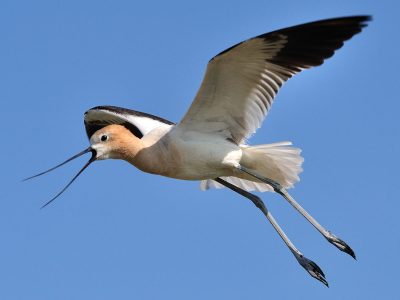
Avocet
Has a curved, upturned beak!
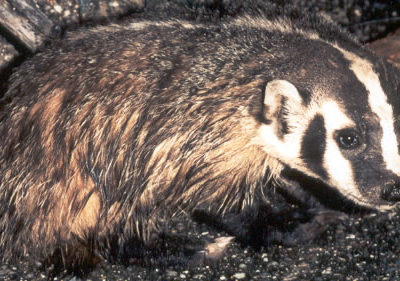
Badger
Can reach speeds of 30 km/h!
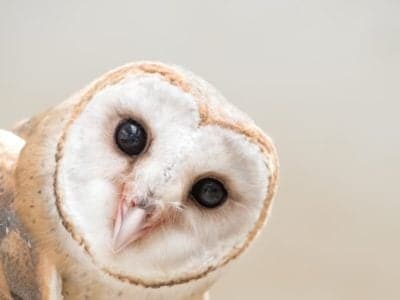
Barn Owl
Found everywhere around the world!
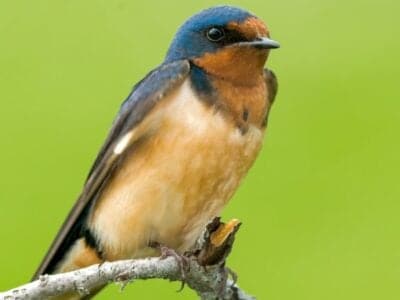
Barn Swallow
Older offspring help care for new hatchlings.
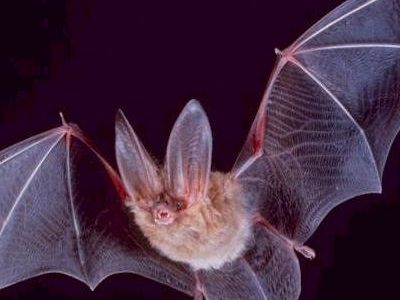
Bat
Detects prey using echolocation!
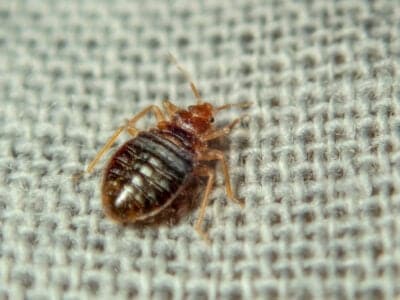
Bed Bugs
Bed bugs feed for 4-12 minutes.

Bee
Rock paintings of bees date back 15,000 years
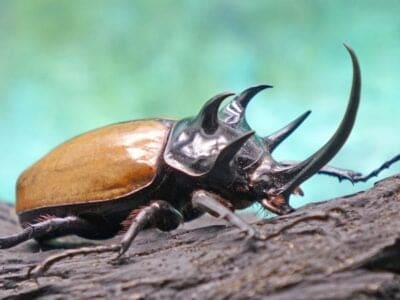
Beetle
There are more than 350,000 different species
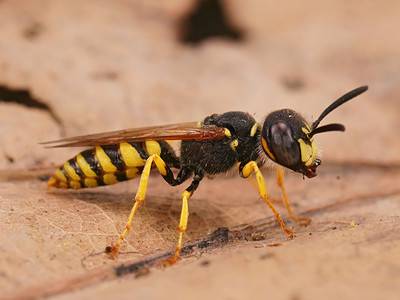
Beewolf wasp
They hunt bees

Bird
Not all birds are able to fly!
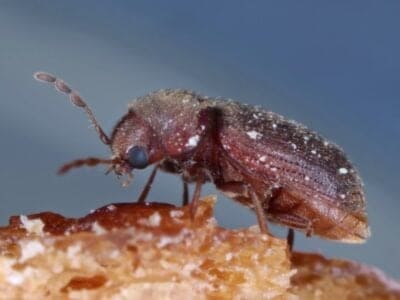
Biscuit Beetle
The biscuit beetle form a symbiotic relationship with yeast
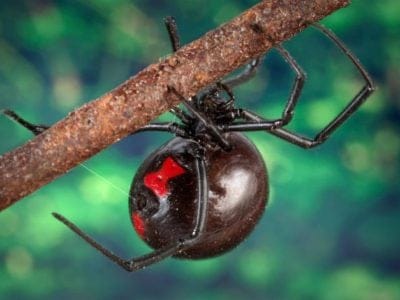
Black Widow Spider
They typically prey on insects!
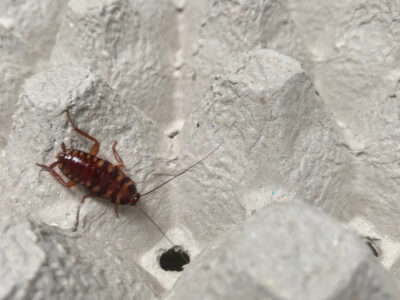
Brown-banded Cockroach
Females glue egg cases to furniture
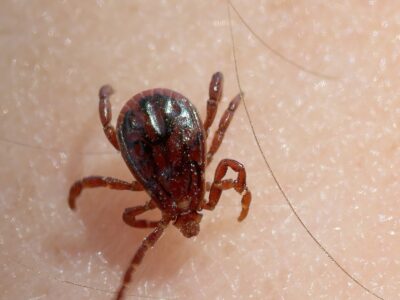
Brown Dog Tick
Can live its entire life indoors
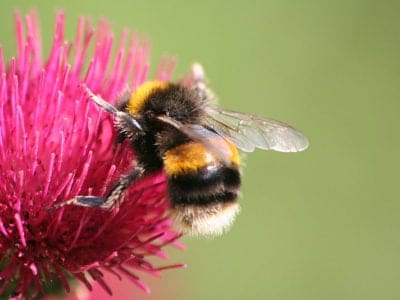
Bumblebee
The most common species of bee!
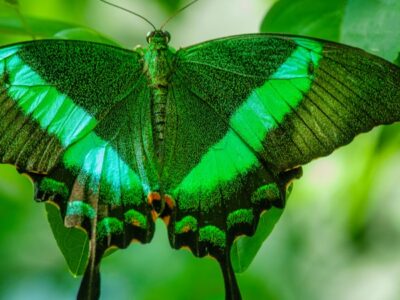
Butterfly
There are thought to be up 17,500 species!
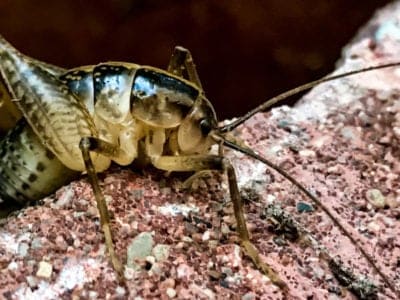
Camel Cricket
The camel crickets that are found in the USA are light brown in color. They also have dark streaks all over their body.
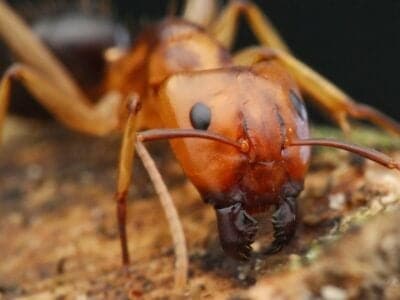
Carpenter Ant
Carpenter ants can lift up to seven times their own weight with their teeth!
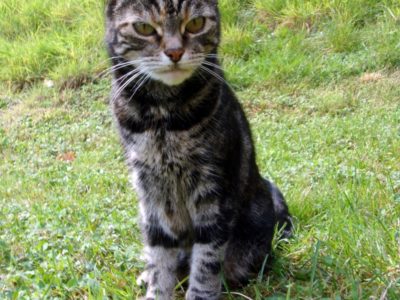
Cat
May have been domesticated up to 10,000 years ago.
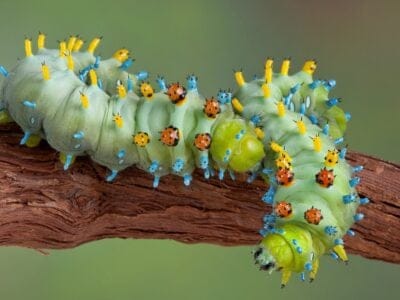
Caterpillar
The larvae of a moth or butterfly!
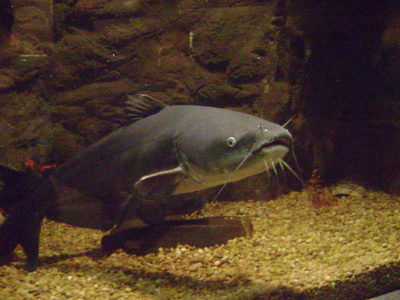
Catfish
There are nearly 3,000 different species!
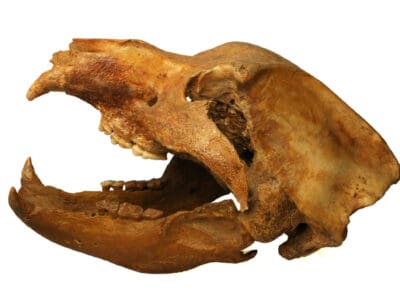
Cave Bear
Cave bears may have been worshiped by primitive humans.
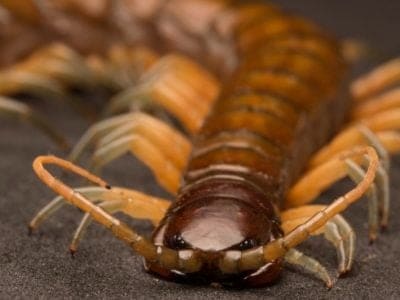
Centipede
There are about 3,000 documented species!
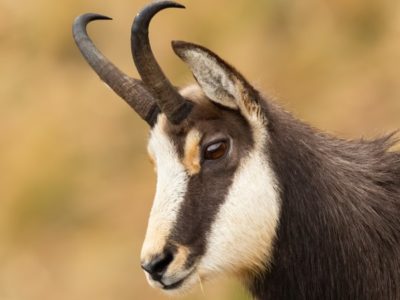
Chamois
Natively found in the European mountains!
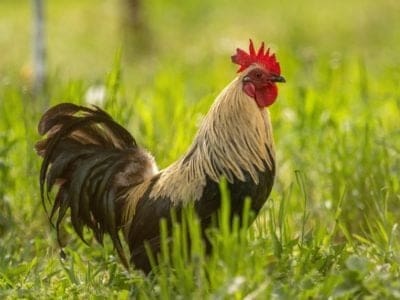
Chicken
First domesticated more than 10,000 years ago!
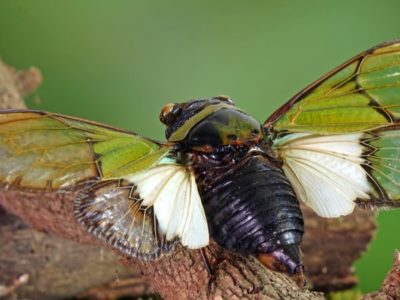
Cicada
Cicadas have one of the longest insect lifespans
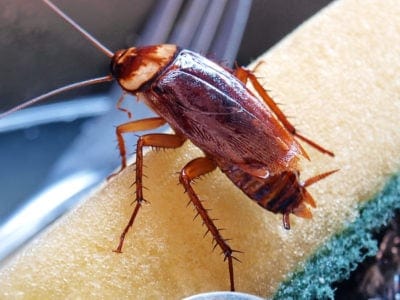
Cockroach
Dated to be around 300 million years old!
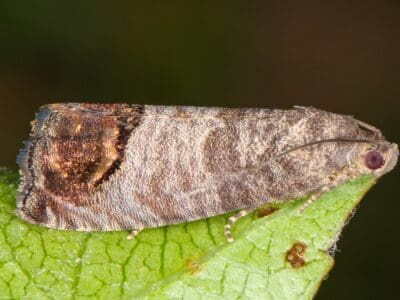
Codling Moth
Pupae are able to undergo diapause to survive poor fruit yield years and winter.
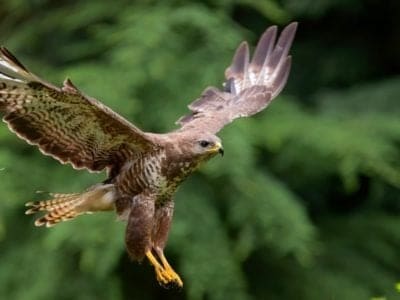
Common Buzzard
The most common raptor in the UK!
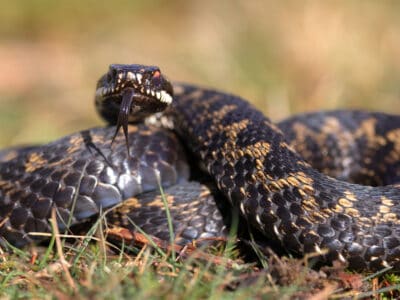
Common European Adder
European adders are the only snake that lives above the Arctic Circle.
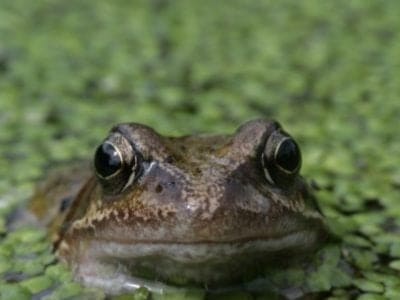
Common Frog
Found throughout the European continent!
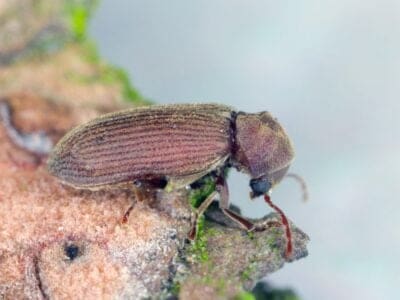
Common Furniture Beetle
The common furniture beetle feeds exclusively on wood
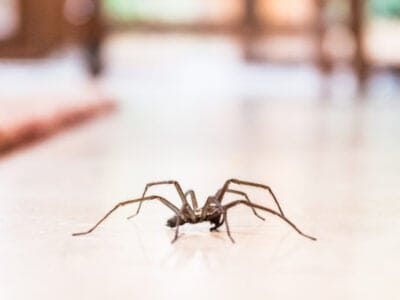
Common House Spider
House spiders have the ability to eat most insects in a home.
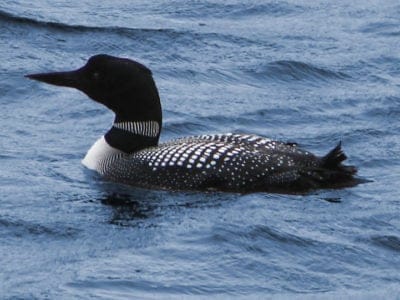
Common Loon
Also known as the Great Northern Diver

Common Raven
A group of ravens is called an unkindness or a conspiracy.
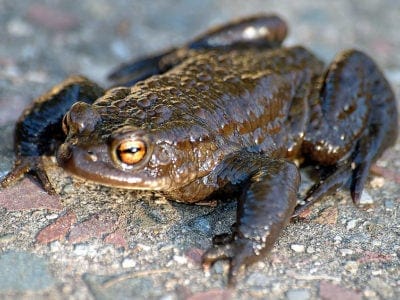
Common Toad
Most active in wet weather!
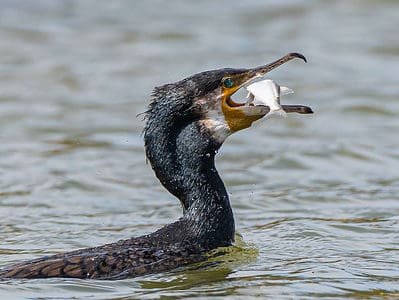
Cormorant
They can fly 35 mph and dive 150 feet below water.
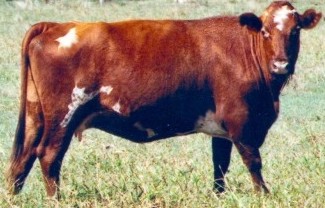
Cow
There are nearly 1.5 billion worldwide!

Crab
There are 93 different crab groups
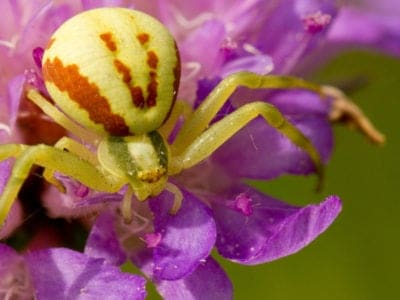
Crab Spider
Crab Spiders can mimic ants or bird droppings
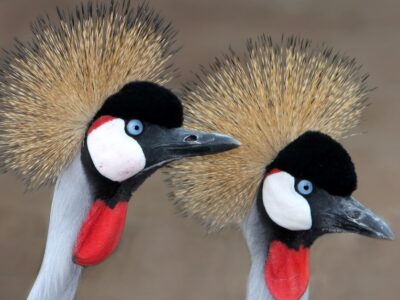
Crane
Many are critically endangered species!
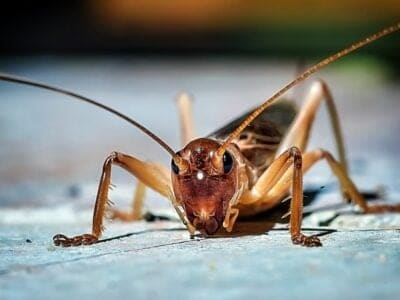
Cricket
Male crickets can produce sounds by rubbing their wings together
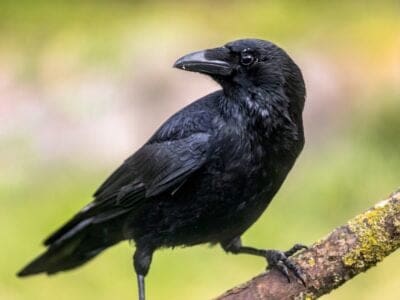
Crow
A group of these birds is called a Murder.
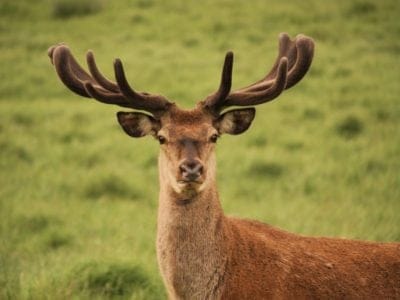
Deer
There are around 40 different species!
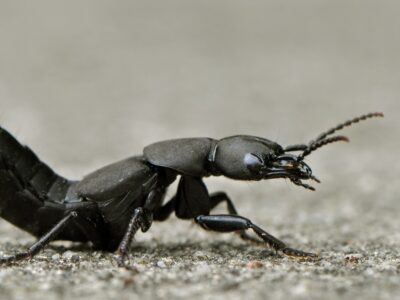
Devil’s Coach Horse Beetle
The Devil’s coach horse beetle can emit a noxious substance to deter predators

Dog
First domesticated in South-East Asia!
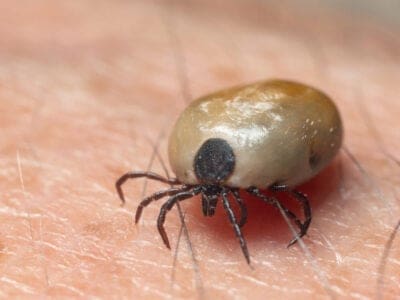
Dog Tick
Dog ticks feed on dogs and other mammals
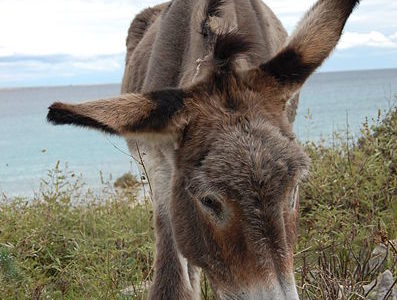
Donkey
First domesticated 5,000 years ago!
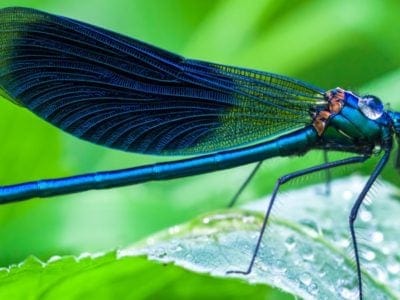
Dragonfly
It's larvae are carnivorous!
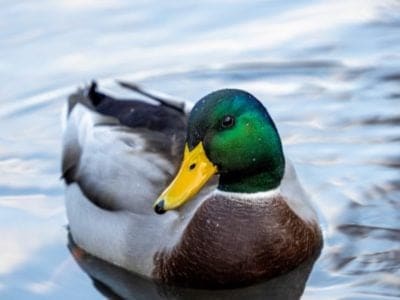
Duck
Rows of tiny plates line their teeth!
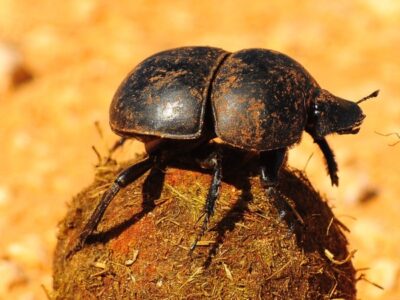
Dung Beetle
The dung beetle can push objects many times its own weight

Dwarf Hamster
dwarf hamsters love to explore at night.
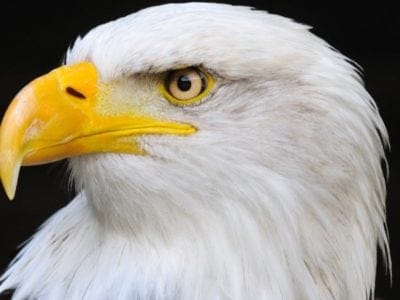
Eagle
Has exceptional eyesight!

Earthworm
They are hermaphrodites, which means they have male and female organs
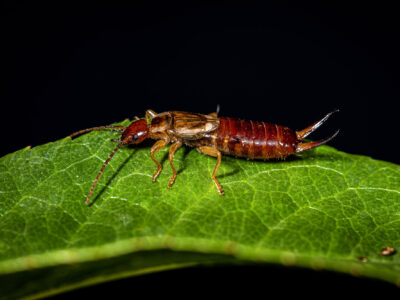
Earwig
There are nearly 2,000 different species!
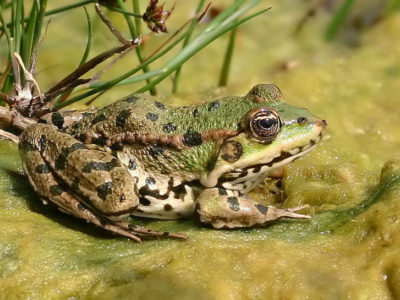
Edible Frog
Are known to guard the muddy banks!

Eel
Eels can be a mere few inches long to 13 feet!
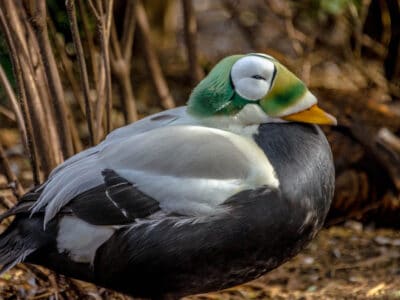
Eider
Eiders are sexually dimorphic, with males being larger and more colorful.
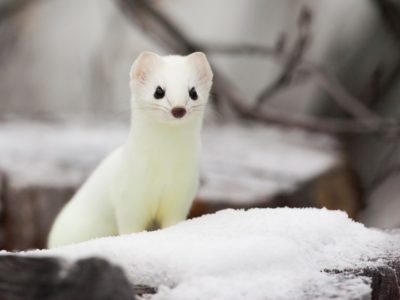
Ermine
A very bold and ferocious predator!
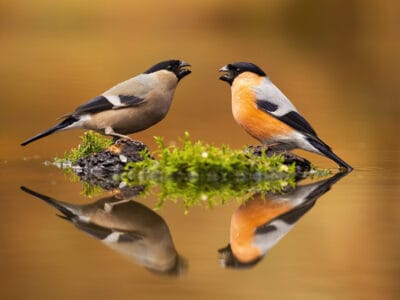
Eurasian Bullfinch
The shy eurasian bullfinch prefers to forage very close to cover.
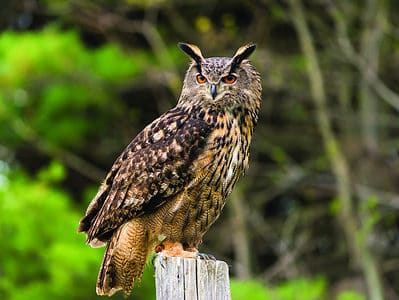
Eurasian Eagle-owl
The Eurasian Eagle-owl is the second largest owl in the world with a wingspan up to six feet!
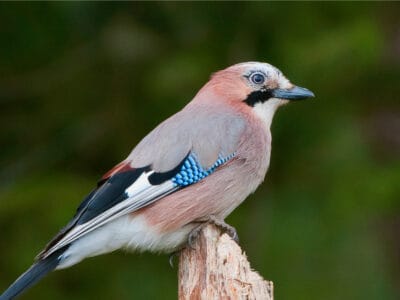
Eurasian Jay
The Eurasian jay has the ability to mimic other sounds
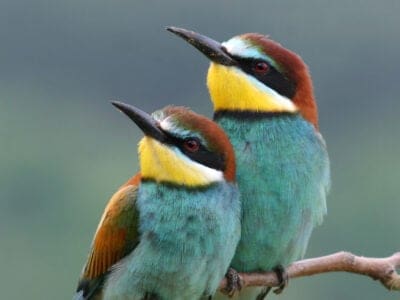
European Bee-Eater
They can eat up to 250 bees per day!
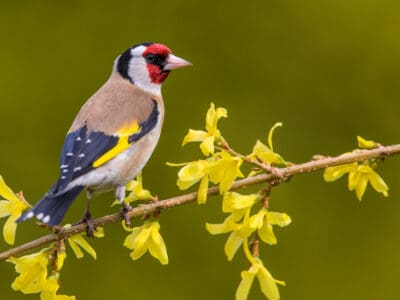
European Goldfinch
They are frequent visitors to backyard feeders, especially those containing niger seeds.
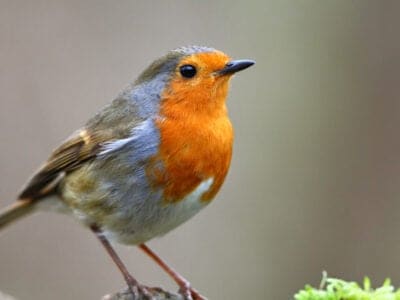
European Robin
Male robins are so aggressive and territorial that they will attack their own reflections.
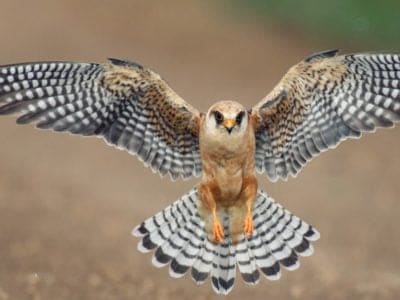
Falcon
The fastest creatures on the planet!
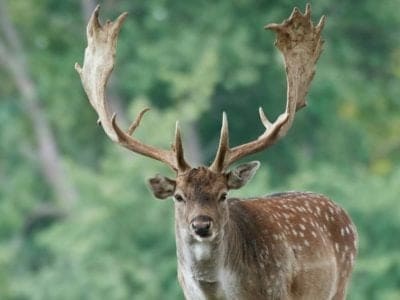
Fallow deer
The fallow deer has more variation in its coat colors than most other deer.
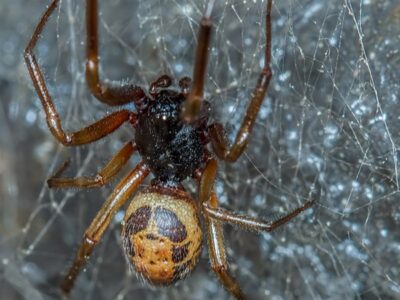
False Widow Spider
False spiders actually prey on black widow spiders and other hazardous spiders

Ferret
Ferrets can be trained to do tricks like dogs!
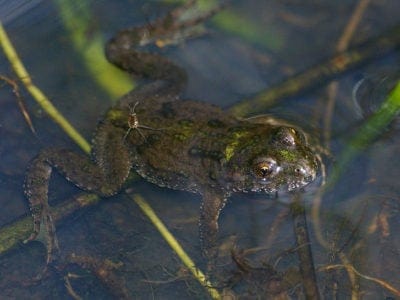
Fire-Bellied Toad
Found across mainland Europe and Asia!
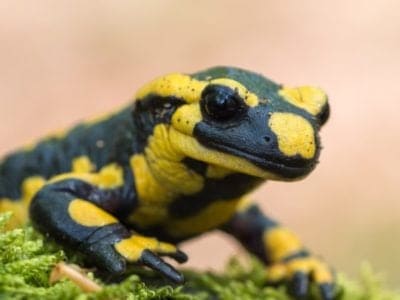
Fire Salamander
Its name comes from the fact that people once believed it was born in fire
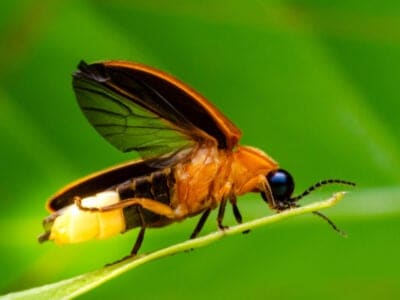
Firefly
The firefly produces some of the most efficient light in the world

Flea
Adult fleas can jump up to 7 inches in the air

Fly
There are more than 240,000 different species!
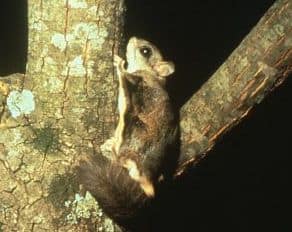
Flying Squirrel
Can glide up to 90 meters!
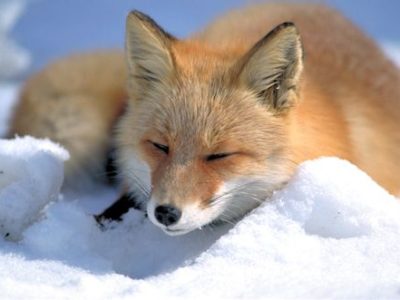
Fox
Only 12 species are considered "true foxes"
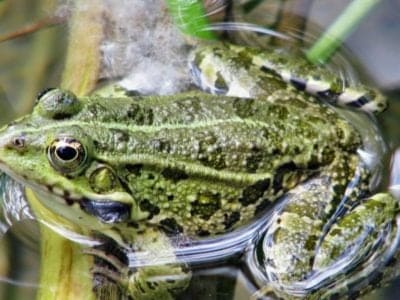
Frog
There are around 7,000 different species!

Fruit Fly
Fruit flies are among the most common research animals in the world
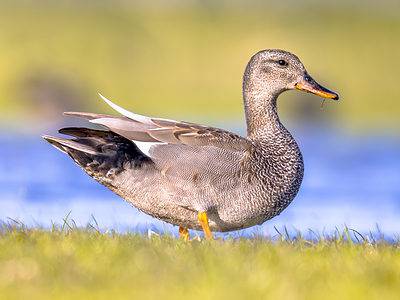
Gadwall
They make many sounds when trying to attract a mate.
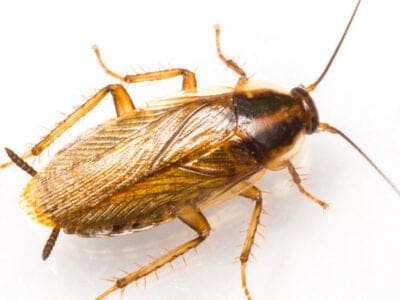
German Cockroach
The most common type of urban roach
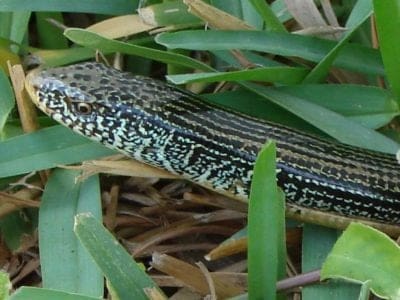
Glass Lizard
Can grow up to 4ft long!
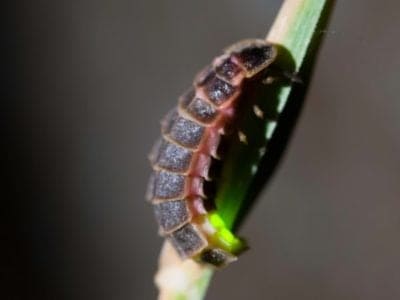
Glowworm
Found inhabiting dense woodland and caves!
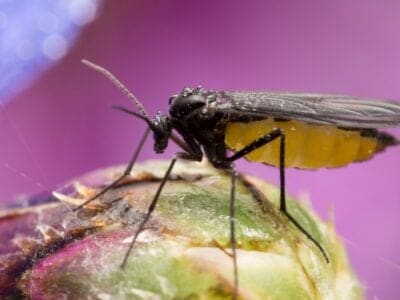
Gnat
Males form large mating swarms at dusk
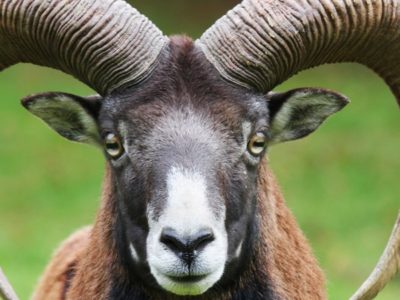
Goat
Most closely related to the Sheep!
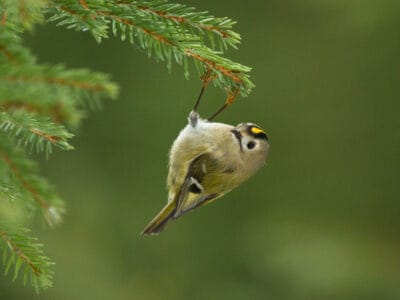
Goldcrest
The goldcrest never starts moving and needs to consume for most of the day to survive. Therefore, in the colder months, it's best that eat 90% a day.
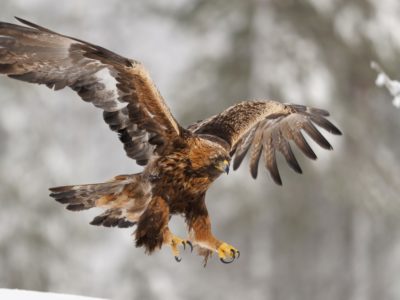
Golden Eagle
Their calls sound like high-pitched screams, but they are quiet most of the time.
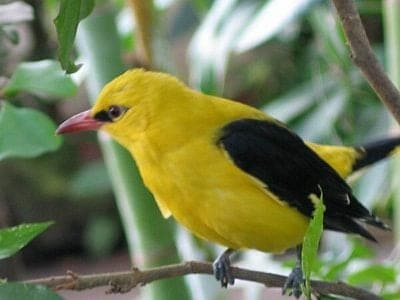
Golden Oriole
Migrates between Europe and Asia!
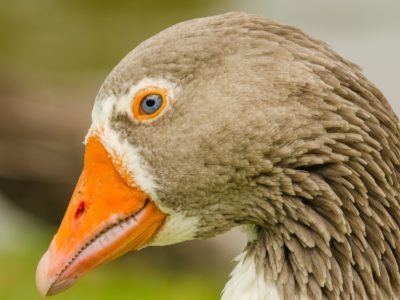
Goose
There are 29 different species!
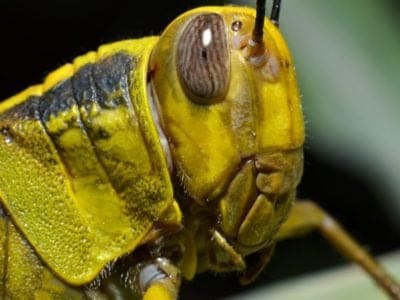
Grasshopper
There are 11,000 known species!
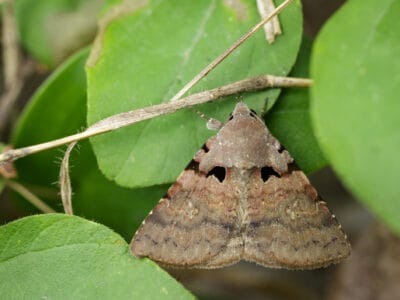
Gypsy Moth
One of the most invasive species in the world
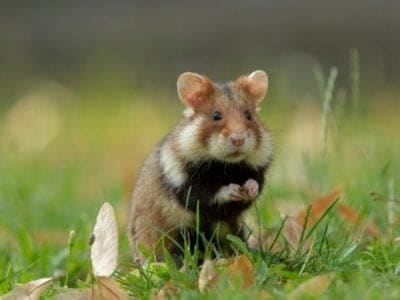
Hamster
Able to run as quickly backwards as forwards!
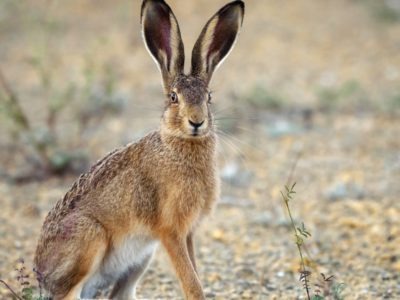
Hare
Can reach speeds of over 50 mph!
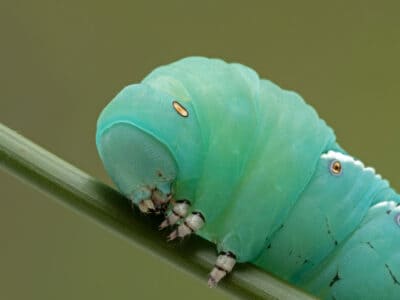
Hawk Moth Caterpillar
Many hawk moth caterpillars eat toxins from plants, but don’t sequester them the way milkweed butterflies do. Most toxins are excreted.
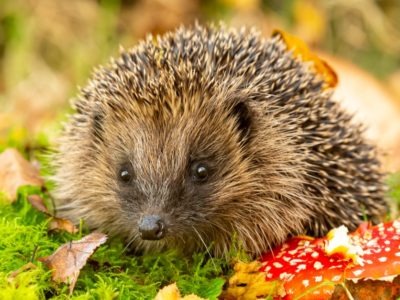
Hedgehog
Thought to be one of the oldest mammals on Earth!
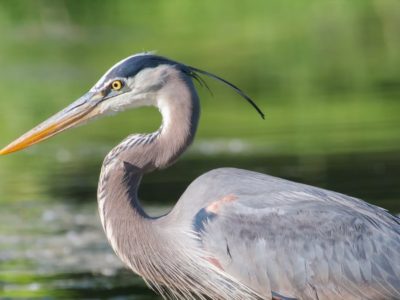
Heron
Inhabits wetlands around the world!
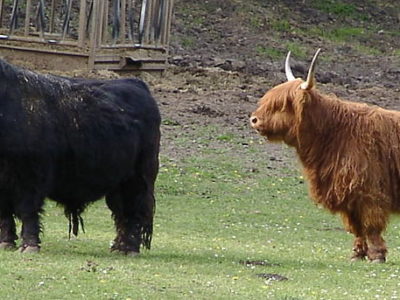
Highland Cattle
Natively found in the Scottish Highlands!
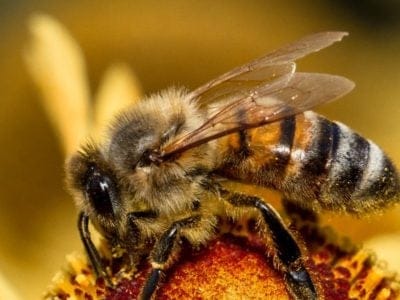
Honey Bee
There are only 8 recognized species!
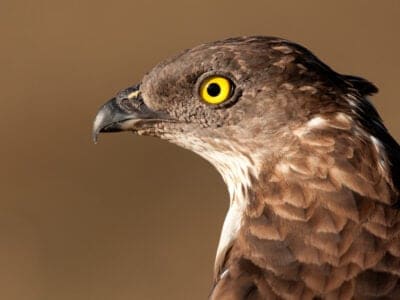
Honey Buzzard
Honey buzzards are medium-sized raptors that earned their names by raiding the nests of bees and wasps.
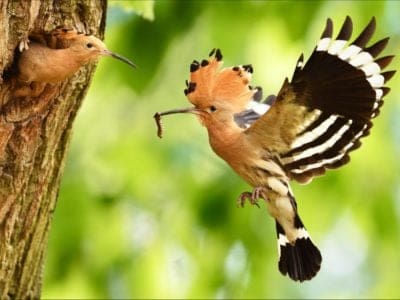
Hoopoe
Stunning bird with a stinky way to deter predators!
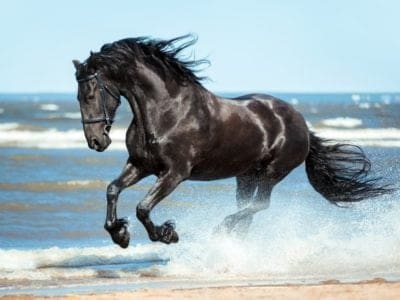
Horse
Has evolved over 50 million years!
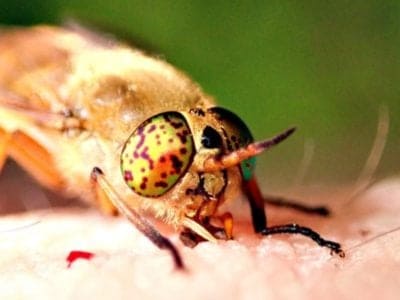
Horsefly
Horseflies have been seen performing Immelmann turns, much like fighter jets.
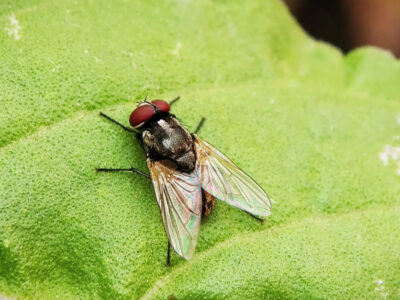
Housefly
The fly has no teeth
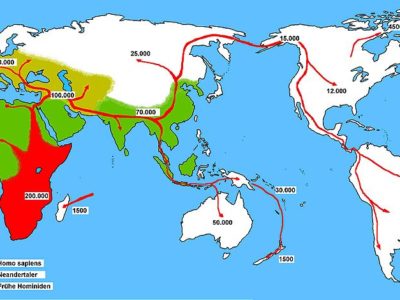
Human
Thought to have orignated 200,000 years ago!
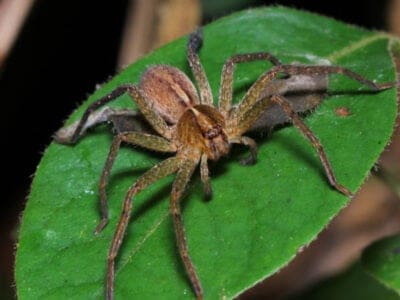
Huntsman Spider
Some huntsman spiders have an interesting way of moving around. Some cartwheel while others do handsprings or backflips.

Insects
There are an estimated 30 million species!
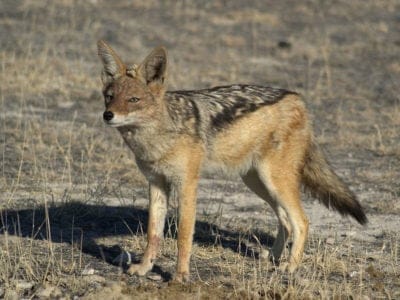
Jackal
Can maintain speeds of 16 km/h!
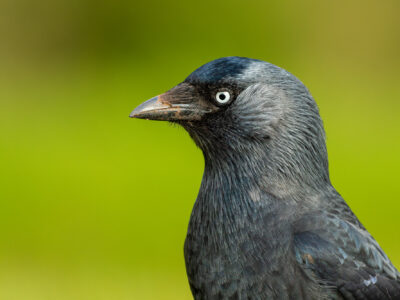
Jackdaw
The jackdaw tends to mate for life with a single partner
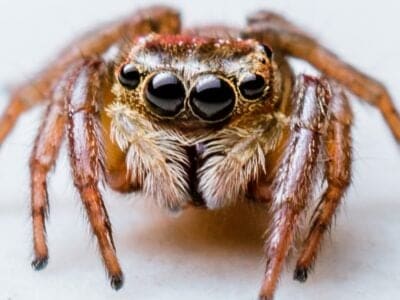
Jumping Spider
Some can jump 50 times the length of their bodies

Kingfisher
Inhabits wetlands and woodlands worldwide!
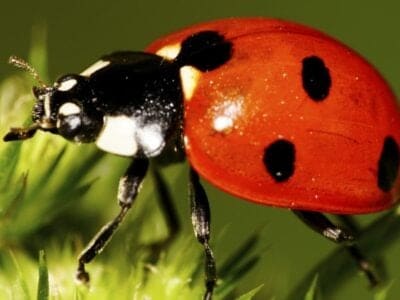
Ladybug
There are more than 5,000 species worldwide!
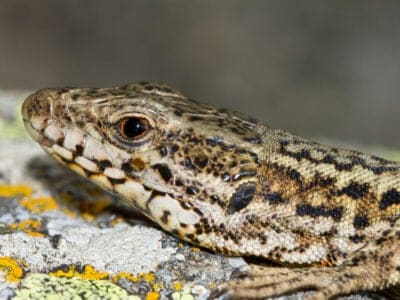
Lazarus Lizard
Lazarus Lizards can communicate through chemical and visual signals.
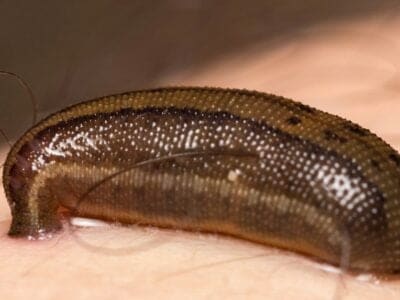
Leech
Has 10 pairs of eyes!
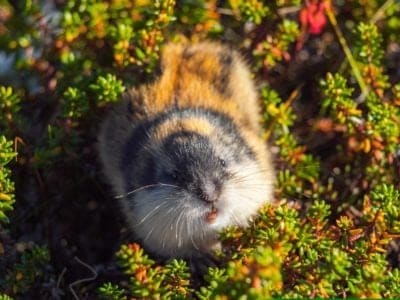
Lemming
Does not hibernate during the bitter Arctic winter!
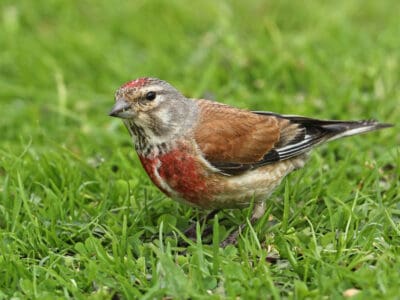
Linnet
While linnets are monogamous during mating season, they do not mate for life. While breeding pairs are together, the males are highly territorial and will defend the nesting site and the surrounding area.
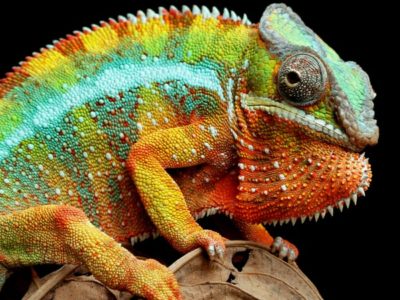
Lizard
There are around 5,000 different species!
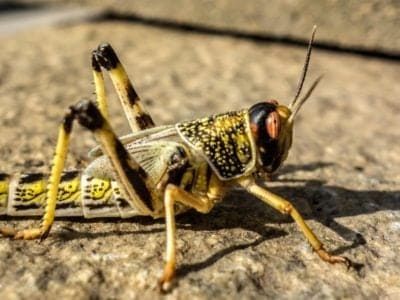
Locust
Each locust can eat its weight in plants each day.
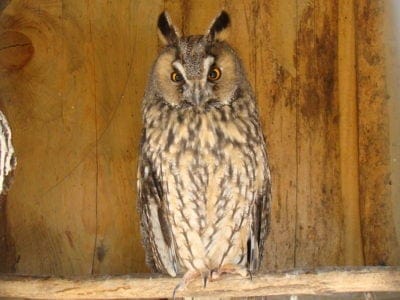
Long-Eared Owl
Ear tufts make it look bigger!
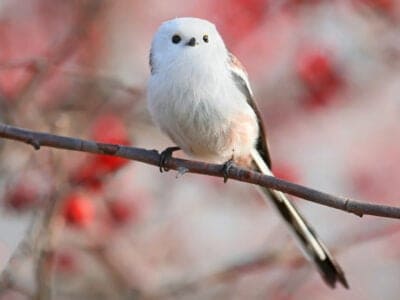
Long-Tailed Tit
Often hangs upside down while feeding!
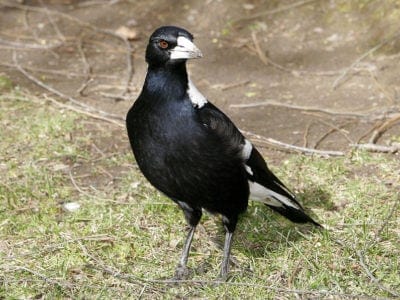
Magpie
They are found across Europe, Asia and Africa!
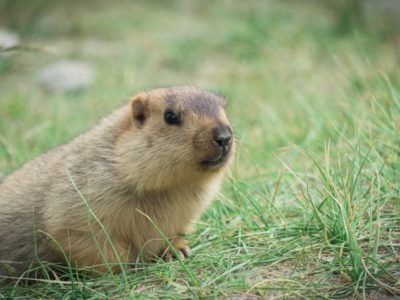
Marmot
A marmot spends 80% of its life below ground
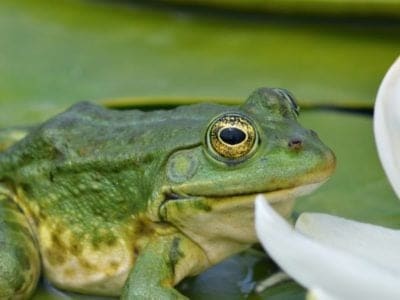
Marsh Frog
Has bright green skin!
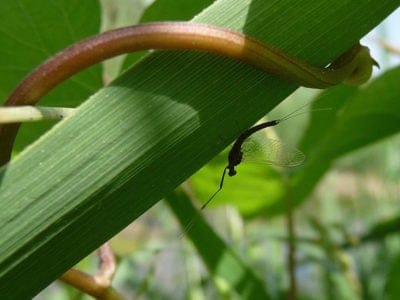
Mayfly
There are 2,500 known species worldwide!

Mealybug
They have a symbiotic relationship with ants.
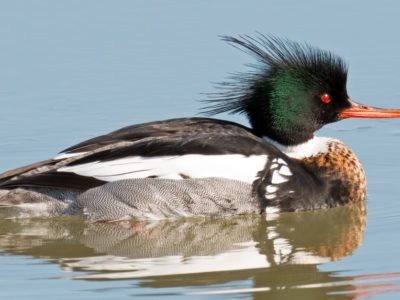
Merganser
They line their nests with their feathers
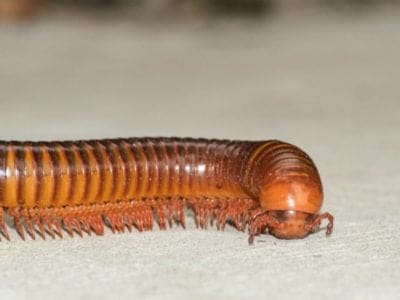
Millipede
Some species have a poisonous bite!
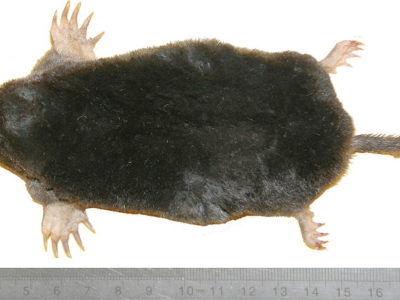
Mole
Primarily hunts and feeds on Earthworms!
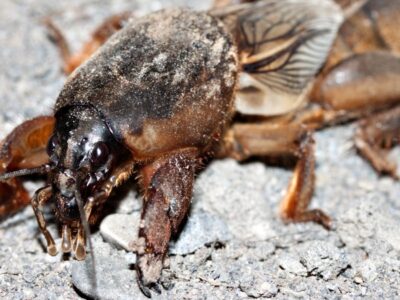
Mole Cricket
Adult Mole crickets may fly as far as 5 miles during mating season and are active most of the year.
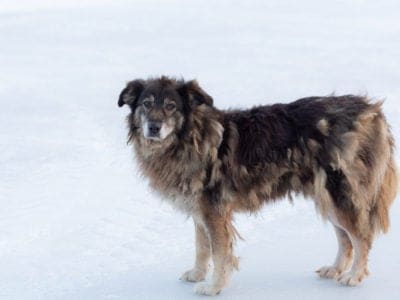
Mongrel
Has characteristics of two or more breeds!
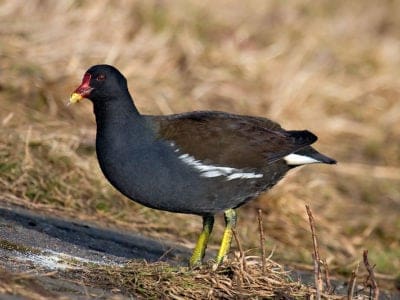
Moorhen
Feeds on aquatic insects and water-spiders!
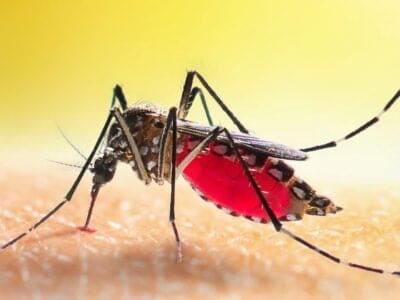
Mosquito
Only the female mosquito actually sucks blood
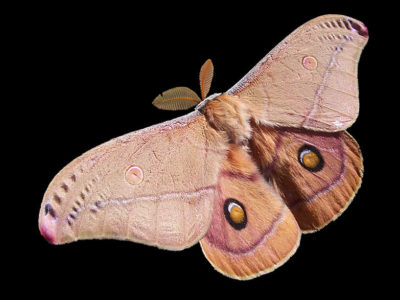
Moth
There are 250,000 different species!
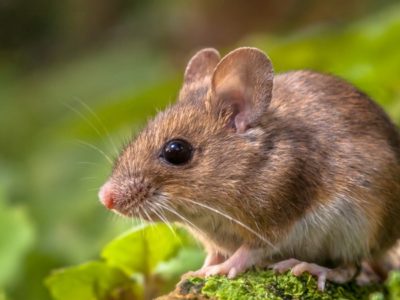
Mouse
Found on every continent on Earth!
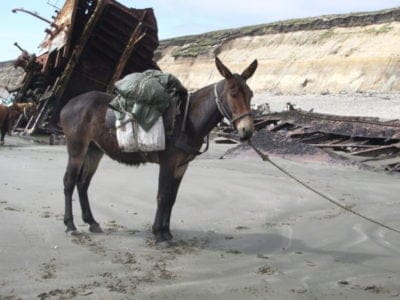
Mule
The offspring of a horse and donkey parents!

Muskrat
The muskrat can stay underwater up to 17 minutes at a time

Neanderthal
Roamed Asia and Europe for around 100,000 years!

Nematode
Nematodes range in size from 1/10 of an inch to 28 feet long
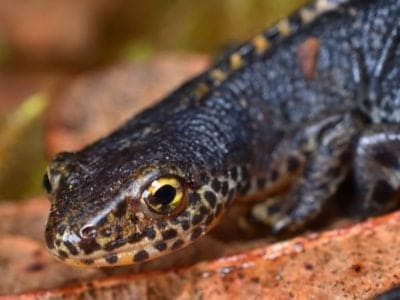
Newt
Able to regrow lost or damaged limbs!
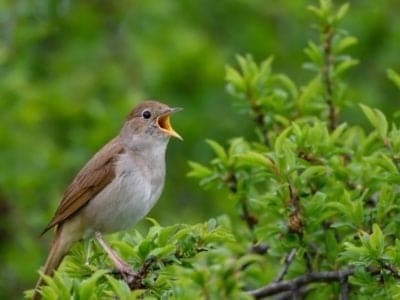
Nightingale
Named more than 1,000 years ago!
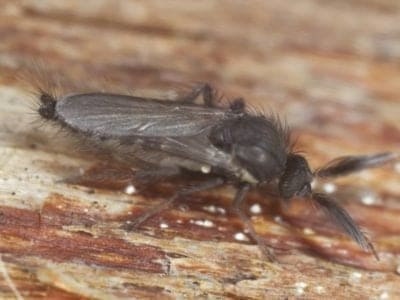
No See Ums
There are more than 5,000 species.
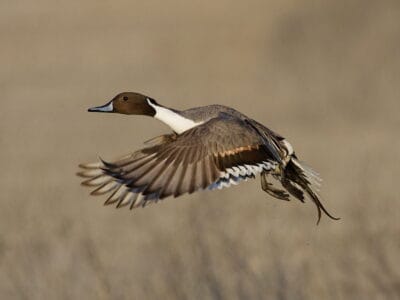
Northern Pintail
Northern pintails migrate at night with speeds reaching 48 miles per hour!
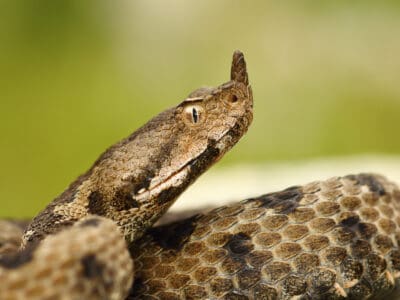
Nose-Horned Viper
The fangs of a nose-horned viper can be as long as half an inch!
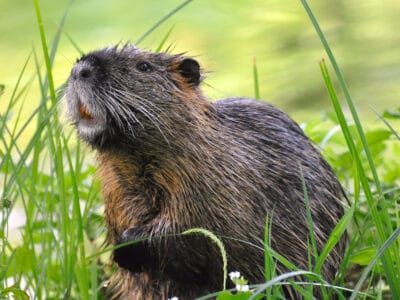
Nutria
An invasive species, one female nutria can birth up to 200 babies in just a few years of living!
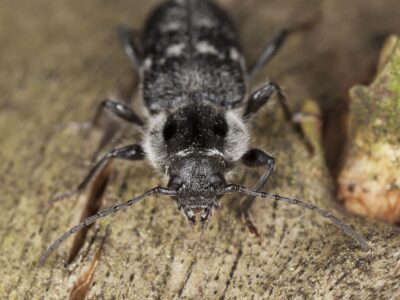
Old House Borer
Depending on the habitat and climate, these beetles can live between 2 to 10 years, often staying in their larval stage for several years, making them extremely dangerous to wooden structures.

Orb Weaver
Females are about four times the size of males
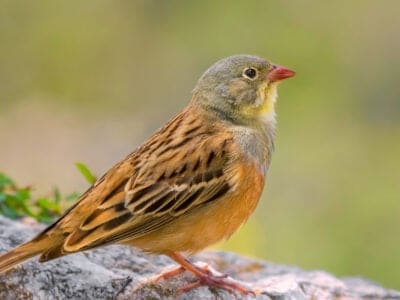
Ortolan Bunting
The tradition of hiding your face with a napkin or towel while eating this bird was begun by a priest who was a friend of the great French gastronome Jean Anthelme Brillat-Savarin.
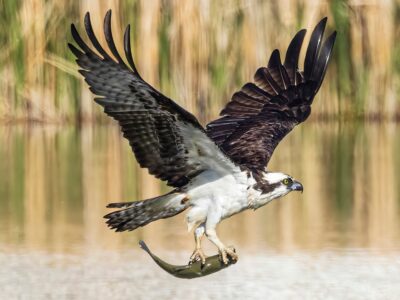
Osprey
They reuse nesting sites for 70 years!
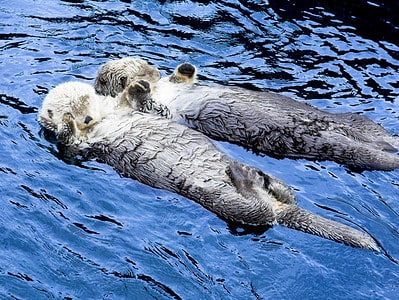
Otter
There are 13 different species worldwide

Owl
The owl can rotate its head some 270 degrees
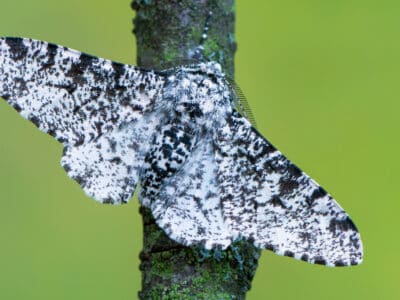
Peppered Moth
Teachers in schools often use the evolution of the peppered moth as a good example of Darwin’s theory of natural selection.
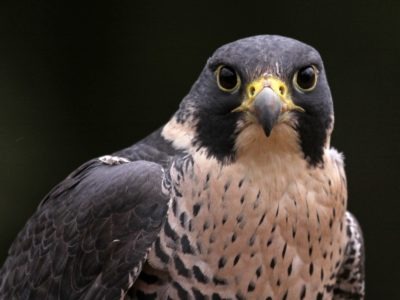
Peregrine Falcon
Fastest animal on Earth
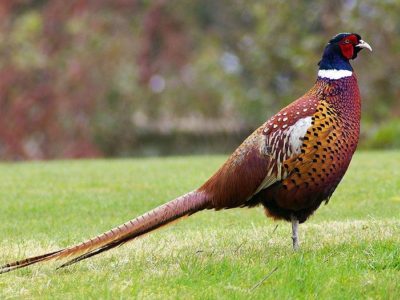
Pheasant
Females lay between 8 and 12 eggs per clutch!
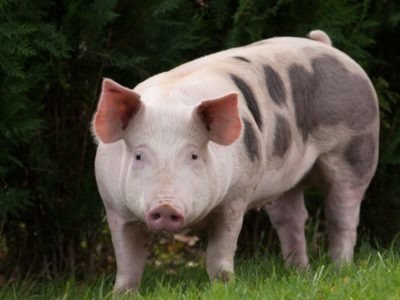
Pig
Thought to have been domesticated in 9,000 BC!
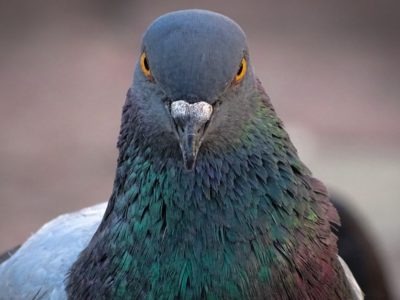
Pigeon
They can find their way back to their nests from up to 1300 miles away.
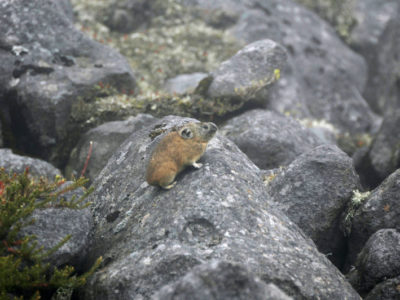
Pika
Found in mountainous regions and rocky areas
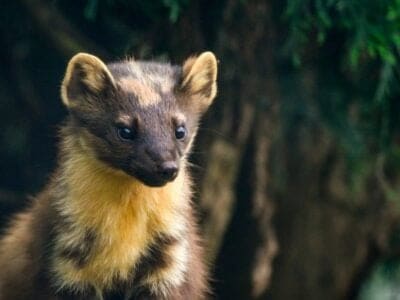
Pine Marten
A pine marten can jump from tree to tree similar to a squirrel.
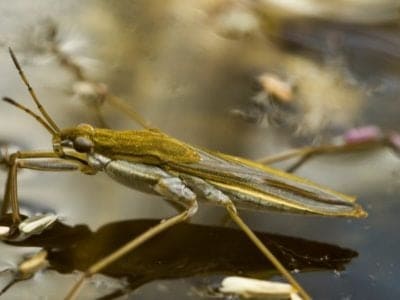
Pond Skater
There are 500 different species!
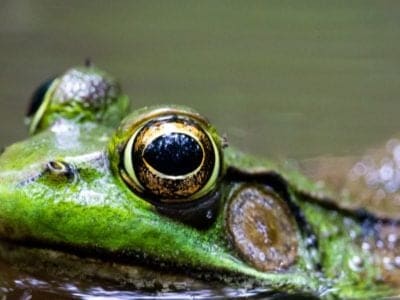
Pool Frog
The rarest amphibian in the UK!
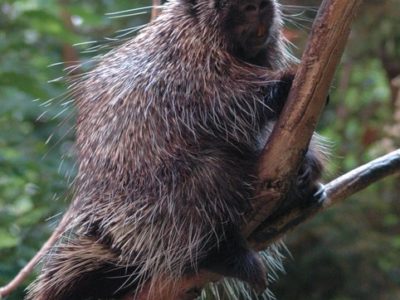
Porcupine
There are 30 different species worldwide!
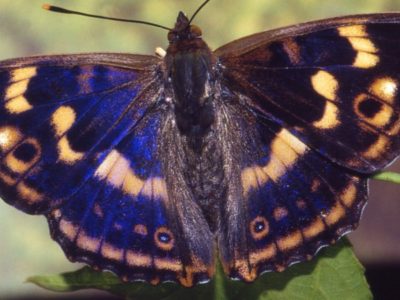
Purple Emperor Butterfly
Inhabits deciduous forests!
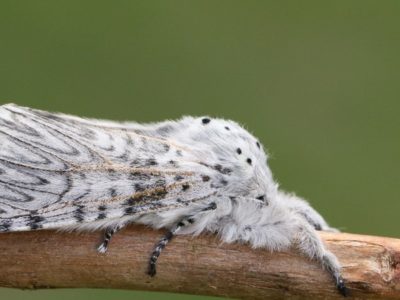
Puss Moth
Caterpillars squirt formic acid!
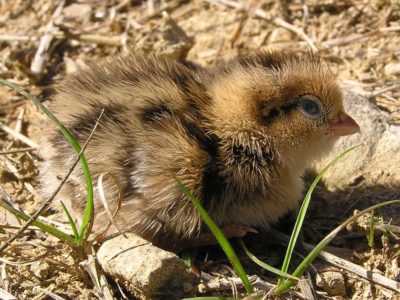
Quail
Inhabits woodland and forest areas worldwide!

Rabbit
There are more than 300 different species!
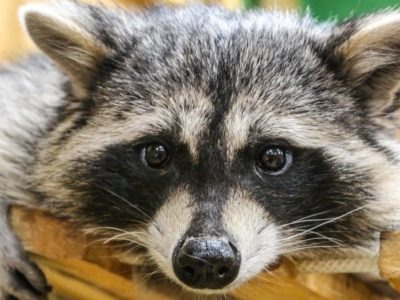
Raccoon
Known to wash their food before eating it!
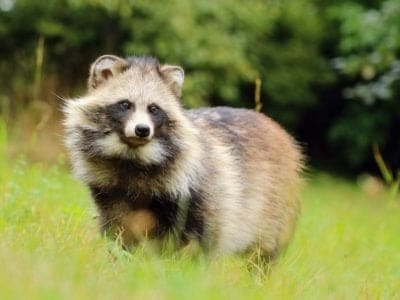
Raccoon Dog
The only hibernating canine!
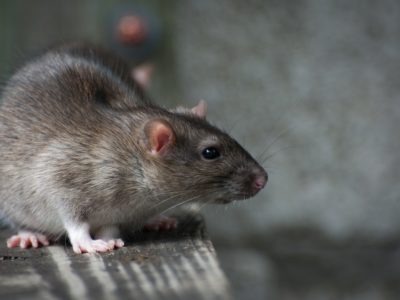
Rat
Omnivores that eat anything!
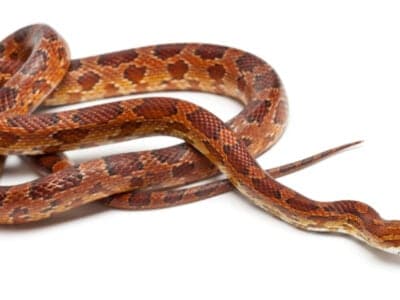
Rat Snakes
Rat snakes are constrictors from the Colubridae family of snakes.

Red Deer
A male red deer shows his age in his antlers, which become longer and more branched every year.
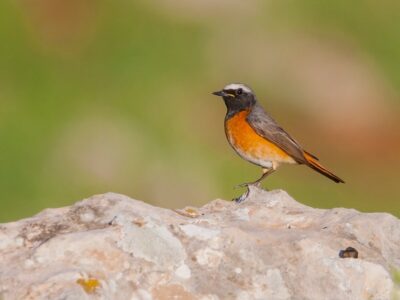
Redstart
They build their nests off the ground in tree holes, cavities, stone walls, and roofs

River Turtle
Inhabits freshwater habitats around the world!
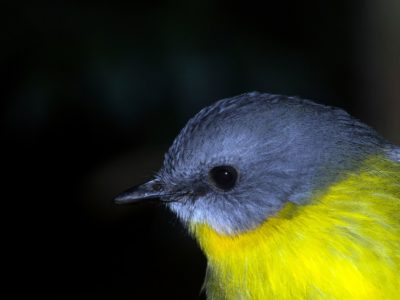
Robin
There are more than 45 species in Australia alone!
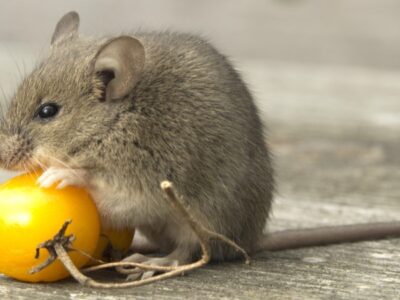
Rodents
The capybara, the world’s largest rodent, likes to be in and around bodies of water. Because of this, the Catholic Church in South America decided that it was a fish, and people were allowed to eat it during Lent and First Fridays.
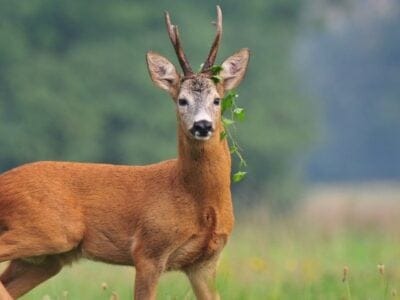
Roe Deer
The roe is one of the most popular game animals in Europe

Rooster
Will mate with the entire flock!
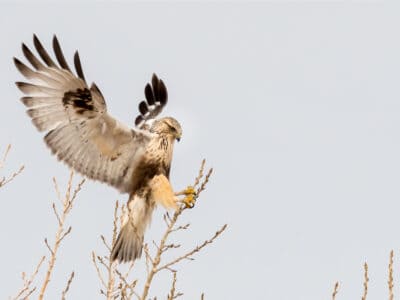
Rough-Legged Hawk (Rough-Legged Buzzard)
Its scientific name, lagopus, is Ancient Greek for “hare” and “foot,” referring to its feathered feet and toes.
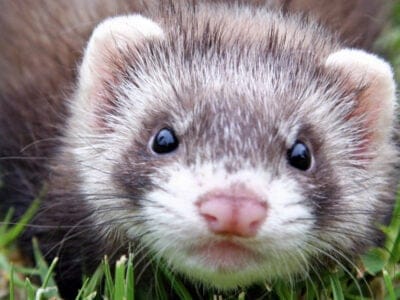
Sable Ferret
Ferrets were used during the Revolutionary War to keep down the rat population.
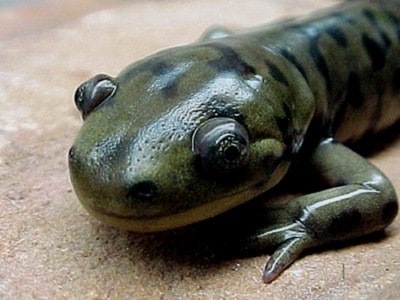
Salamander
There are more than 700 different species!
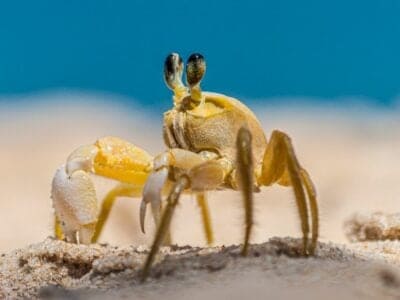
Sand Crab
The sand crab burrows beneath the sand with its tail
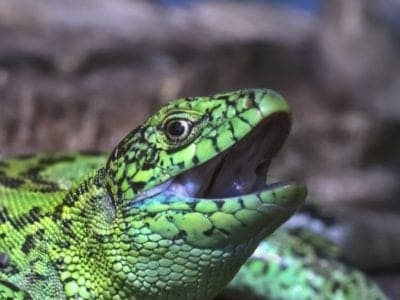
Sand Lizard
Males turn green in spring!
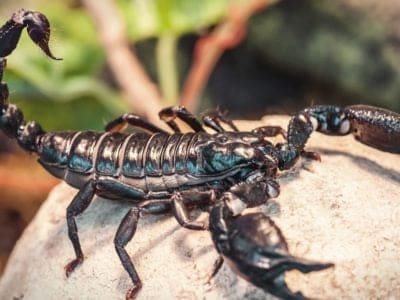
Scorpion
There are around 2,000 known species!
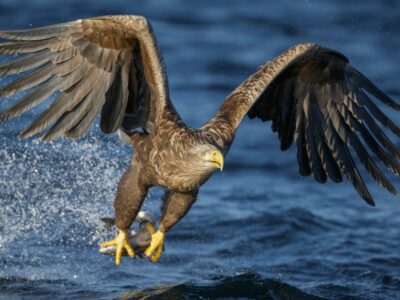
Sea Eagle
The sea eagle tends to mate for life with a single partner
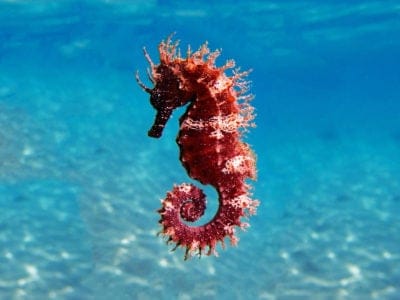
Seahorse
Males give birth to up to 1,000 offspring!
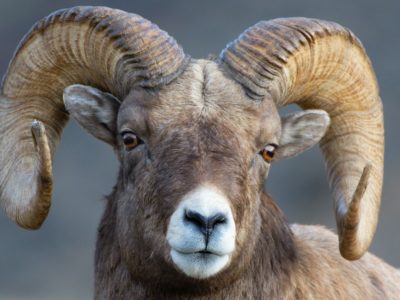
Sheep
Around 35 million in the English countryside!
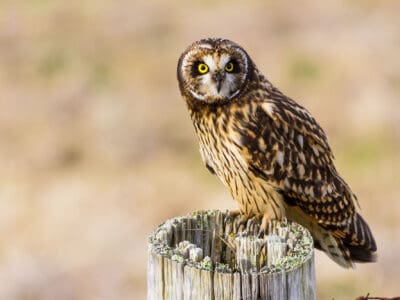
Short-Eared Owl
The short-eared owl is one of the most widespread owl species in the world, covering five continents.
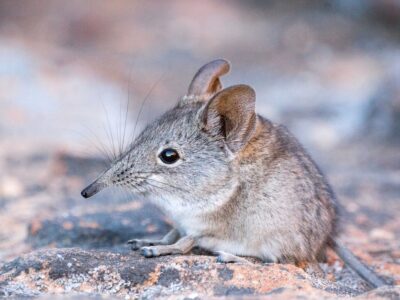
Shrew
The spinal column of the shrew Scutisorex somereni is so strong and reinforced that it can support the weight of an adult human.

Shrimp
There are 2,000 different species worldwide!
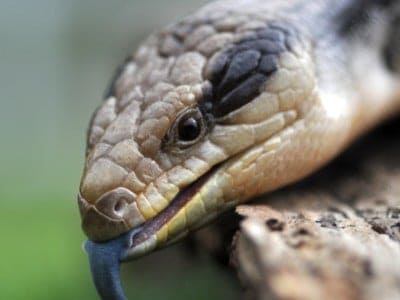
Skink Lizard
Some skinks lay eggs in some habitats while giving birth to skinklets in other habitats.
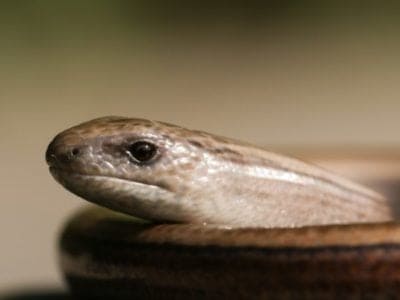
Slow Worm
Found widely throughout British gardens!
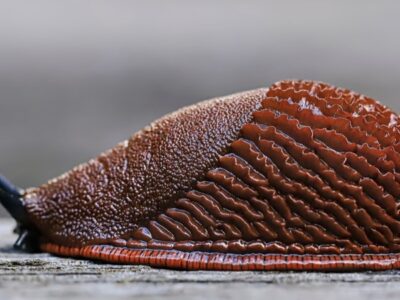
Slug
They glide around on one foot, which is aided by the slime they produce

Smokybrown Cockroach
Has up to 45 eggs per egg case

Snail
There are nearly 1,000 different species!

Snake
There are around 4,000 known species worldwide
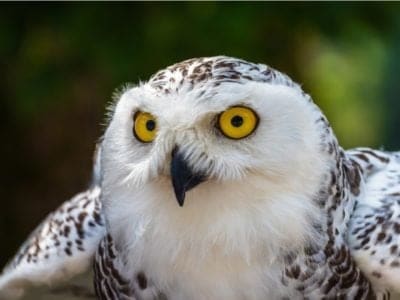
Snowy Owl
One of the largest owl species in the world!
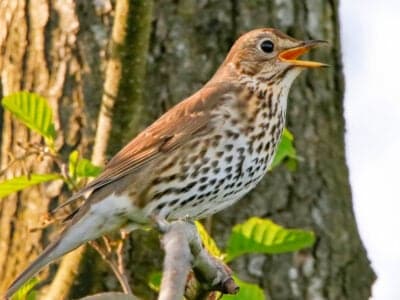
Song Thrush
A male song thrush can have over 100 phrases in his repertoire of songs and can imitate pet birds, telephones and other man-made objects.
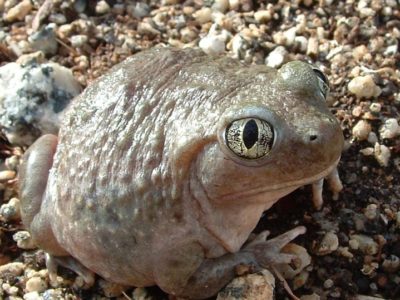
Spadefoot Toad
They spend most of their time underground!
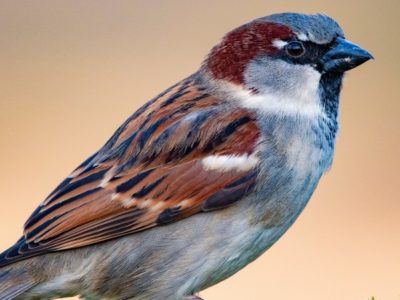
Sparrow
There are 140 different species!
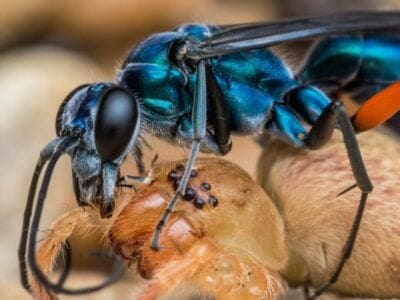
Spider Wasp
They prey on spiders to feed their larvae or they parasitize other spider wasps.

Squirrel
Small rodents found in woodlands worldwide!
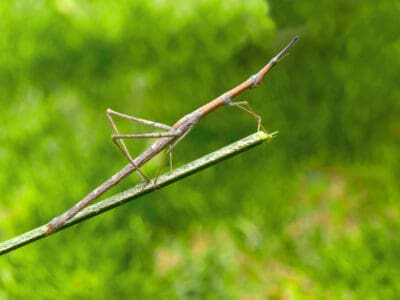
Stick Insect
There are more than 3,000 different species!
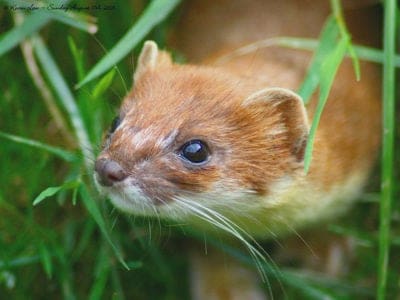
Stoat
Average adults weigh about 200 grams!
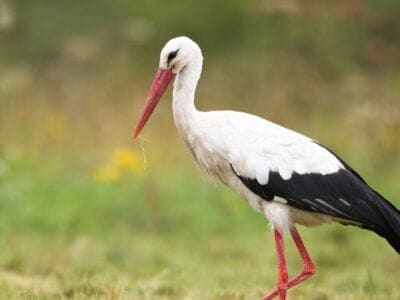
Stork
They can’t sing like other birds.
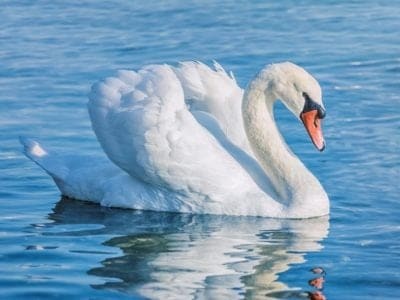
Swan
Populations have been affected by pollution!
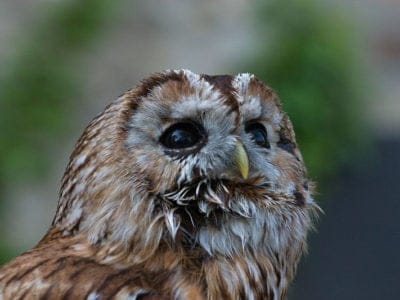
Tawny Owl
The most widespread owl in Europe!

Teddy Bear Hamster
The oldest recorded teddy bear hamster was six and a half.
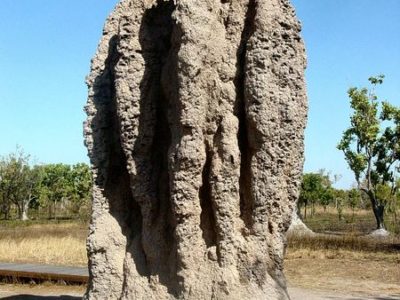
Termite
Their mounds can be up to 9 meters tall!

Theropod
Some theropods had feathers and may have been ancestors of modern birds.
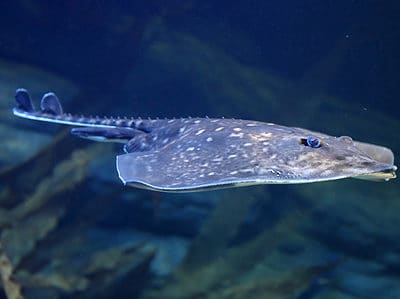
Thornback Ray
The skate with the biggest spines!
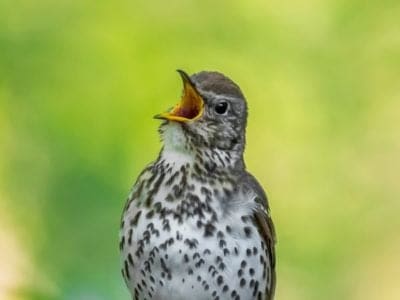
Thrush
The American robin is called the robin because its red breast reminded European settlers of the robin back in the old country.
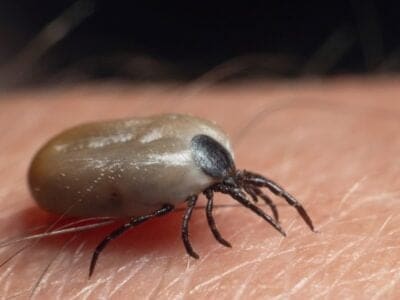
Tick
They inject hosts with a chemical that stops them from feeling the pain of the bite
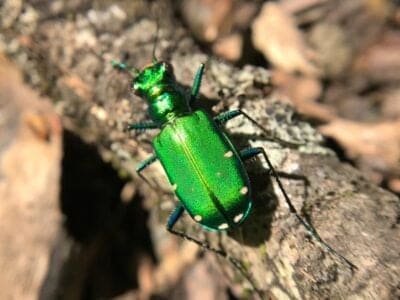
Tiger Beetle
The adult tiger beetle is one of the fastest land insects in the world
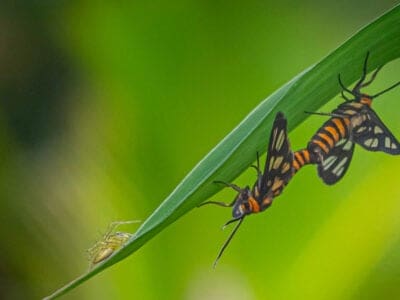
Tiger Moth
The bright colors of this moth are a signal to predators that it has a terrible taste.

Tortoise
Can live until they are more than 150 years old!
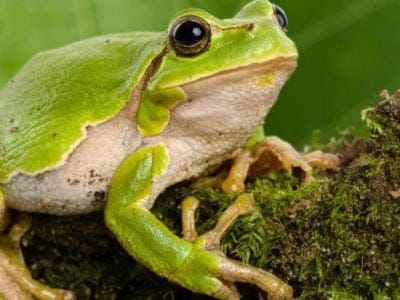
Tree Frog
Found in warmer jungles and forests!

Turtles
Some species of aquatic turtles can get up to 70 percent of their oxygen through their butt.
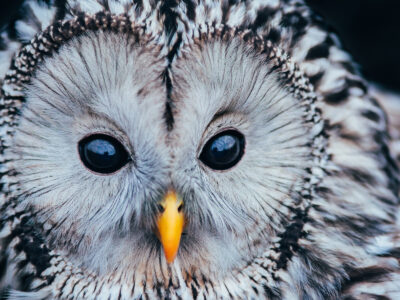
Ural owl
The Ural owl can rotate its head up to 270 degrees
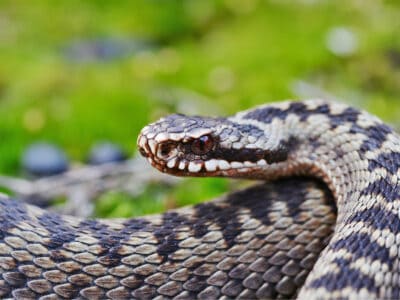
Viper
Vipers are one of the most widespread groups of snakes and inhabit most
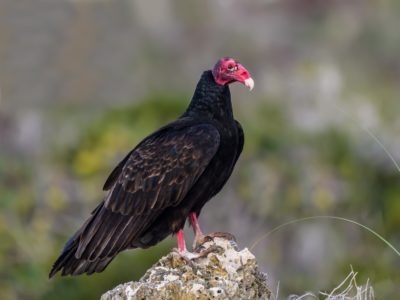
Vulture
There are 30 different species worldwide!
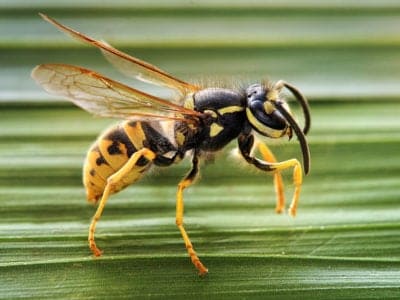
Wasp
There are around 75,000 recognised species!
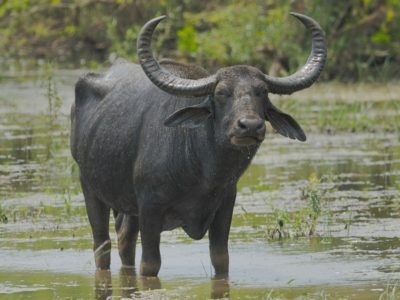
Water Buffalo
Has been domesticated for thousands of years!
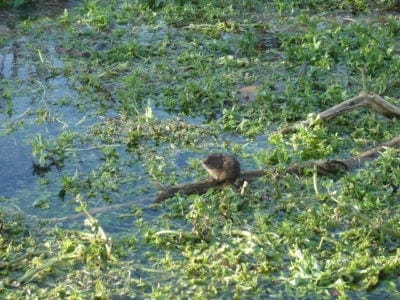
Water Vole
The largest Vole species in the UK!
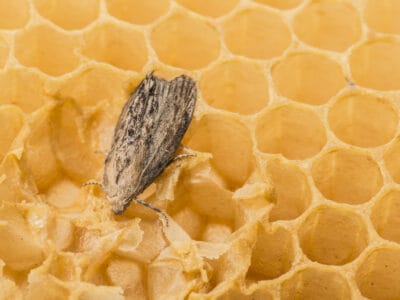
Wax Moth
The Wax Moth larvae are more dangerous than the adult.
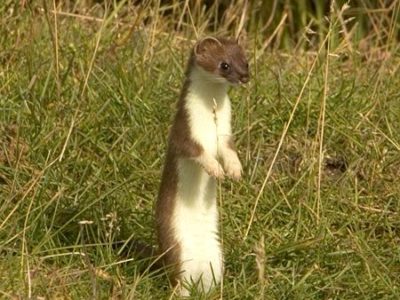
Weasel
The smallest carnivorous mammal in the world!

White Ferret / Albino Ferrets
There are two different types of white ferrets!
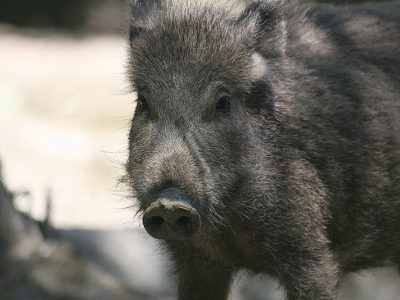
Wild Boar
Males have a top tusk to sharpen the bottom one!
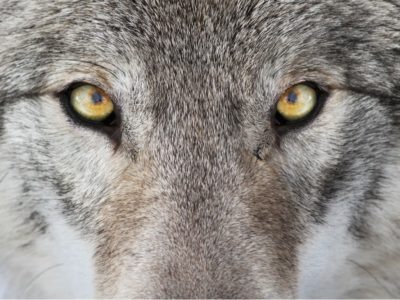
Wolf
Thought to date back more than 300,000 years!
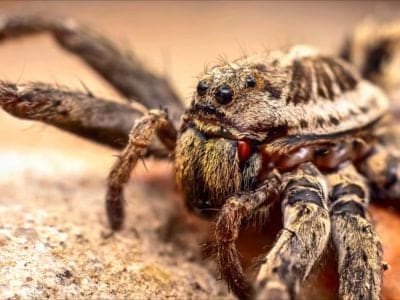
Wolf Spider
Carnivorous arachnid that hunts its prey.
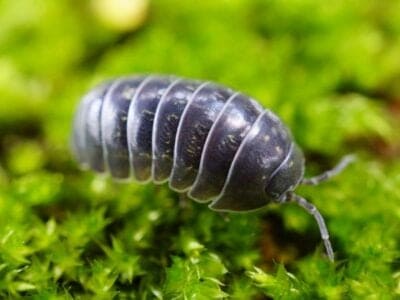
Woodlouse
This animal can roll up into a ball
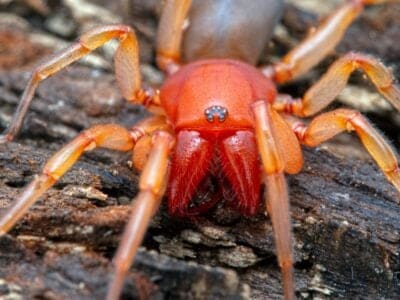
Woodlouse Spider
Unlike most spiders, woodlouse spiders don’t build a web.
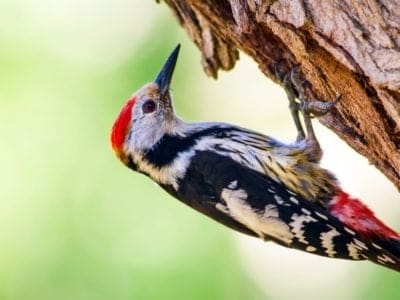
Woodpecker
There are 200 different species!
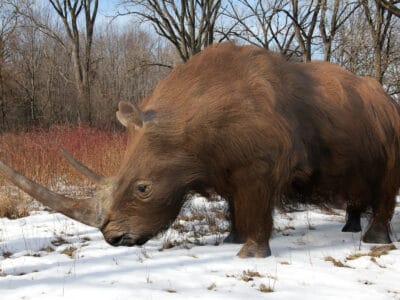
Woolly Rhinoceros
The woolly rhinoceros roamed the earth between three and a half million and 14,000 years ago.
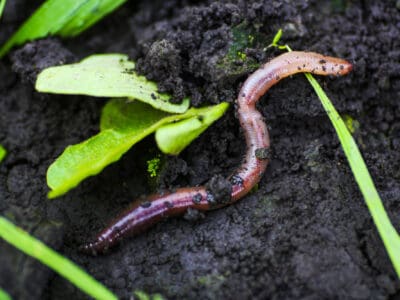
Worm
Doesn’t have eyes.
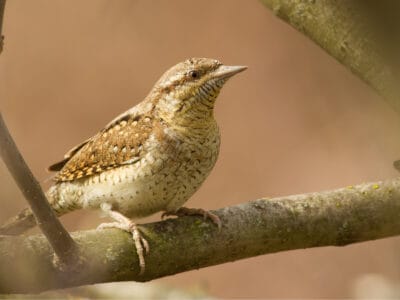
Wryneck
They feign death by making their bodies limp and closing their eyes.
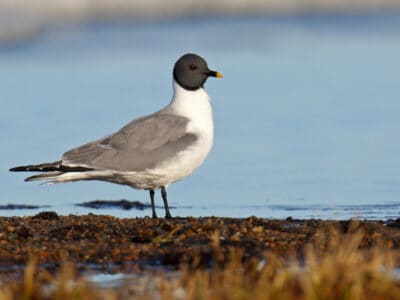
Xeme (Sabine’s Gull)
They follow after seals and whales to eat their scraps.
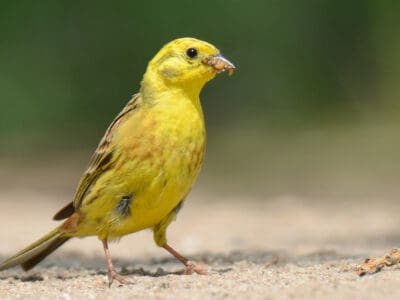
Yellowhammer
It interbreeds with the pine bunting
Romanian Animals List
- Admiral Butterfly
- Ant
- Armyworm
- Aurochs
- Avocet
- Badger
- Barn Owl
- Barn Swallow
- Bat
- Bed Bugs
- Bee
- Beetle
- Beewolf wasp
- Beluga Sturgeon
- Bird
- Biscuit Beetle
- Black Widow Spider
- Brown-banded Cockroach
- Brown Dog Tick
- Bumblebee
- Butterfly
- Camel Cricket
- Carpenter Ant
- Cat
- Caterpillar
- Catfish
- Cave Bear
- Centipede
- Chamois
- Chicken
- Cicada
- Cockroach
- Codling Moth
- Common Buzzard
- Common European Adder
- Common Frog
- Common Furniture Beetle
- Common House Spider
- Common Loon
- Common Raven
- Common Toad
- Cormorant
- Cow
- Crab
- Crab Spider
- Crane
- Cricket
- Crow
- Cuckoo
- Deer
- Devil’s Coach Horse Beetle
- Dog
- Dog Tick
- Donkey
- Dormouse
- Dragonfly
- Duck
- Dung Beetle
- Dwarf Hamster
- Eagle
- Earthworm
- Earwig
- Edible Frog
- Eel
- Eider
- Ermine
- Eurasian Bullfinch
- Eurasian Eagle-owl
- Eurasian Jay
- European Bee-Eater
- European Goldfinch
- European Robin
- Falcon
- Fallow deer
- False Widow Spider
- Ferret
- Fire-Bellied Toad
- Fire Salamander
- Firefly
- Flea
- Fly
- Flying Squirrel
- Fox
- Frog
- Fruit Fly
- Gadwall
- German Cockroach
- Glass Lizard
- Glowworm
- Gnat
- Goat
- Goldcrest
- Golden Eagle
- Golden Oriole
- Goose
- Grasshopper
- Gypsy Moth
- Hamster
- Hare
- Hawk Moth Caterpillar
- Hedgehog
- Heron
- Highland Cattle
- Honey Bee
- Honey Buzzard
- Hoopoe
- Horse
- Horsefly
- Housefly
- Human
- Huntsman Spider
- Insects
- Jackal
- Jackdaw
- Jumping Spider
- Kingfisher
- Ladybug
- Lazarus Lizard
- Leech
- Lemming
- Linnet
- Lizard
- Locust
- Long-Eared Owl
- Long-Tailed Tit
- Magpie
- Marmot
- Marsh Frog
- Mayfly
- Mealybug
- Merganser
- Millipede
- Mole
- Mole Cricket
- Mongrel
- Moorhen
- Mosquito
- Moth
- Mouse
- Mule
- Muskrat
- Neanderthal
- Nematode
- Newt
- Nightingale
- No See Ums
- Northern Pintail
- Nose-Horned Viper
- Nutria
- Old House Borer
- Orb Weaver
- Ortolan Bunting
- Osprey
- Otter
- Owl
- Pantaloon Bee
- Peppered Moth
- Peregrine Falcon
- Pheasant
- Pig
- Pigeon
- Pika
- Pike Fish
- Pine Marten
- Pond Skater
- Pool Frog
- Porcupine
- Purple Emperor Butterfly
- Puss Moth
- Quail
- Rabbit
- Raccoon
- Raccoon Dog
- Rat
- Rat Snakes
- Red Deer
- Redstart
- River Turtle
- Robin
- Rodents
- Roe Deer
- Rooster
- Rough-Legged Hawk (Rough-Legged Buzzard)
- Sable Ferret
- Salamander
- Sand Crab
- Sand Lizard
- Scorpion
- Sea Eagle
- Seahorse
- Sheep
- Short-Eared Owl
- Shrew
- Shrimp
- Skink Lizard
- Slow Worm
- Slug
- Smokybrown Cockroach
- Snail
- Snake
- Snowy Owl
- Song Thrush
- Spadefoot Toad
- Sparrow
- Spider Wasp
- Squirrel
- Stick Insect
- Stoat
- Stork
- Swallowtail Butterfly
- Swan
- Tawny Owl
- Teddy Bear Hamster
- Termite
- Theropod
- Thornback Ray
- Thrush
- Tick
- Tiger Beetle
- Tiger Moth
- Tortoise
- Tree Frog
- Turtles
- Ural owl
- Viper
- Vulture
- Wasp
- Water Buffalo
- Water Vole
- Wax Moth
- Weasel
- White Ferret / Albino Ferrets
- Wild Boar
- Wolf
- Wolf Spider
- Woodlouse
- Woodlouse Spider
- Woodpecker
- Woolly Rhinoceros
- Worm
- Wryneck
- Xeme (Sabine’s Gull)
- Yellowhammer
Animals In Romania FAQs (Frequently Asked Questions)
What animals live in Romania?
Romania is home to plenty of bats, rodents, boars, carnivorous mammals, birds of prey, and other migrating birds.
What extinct animals once lived in Romania?
Romania was once home to the now extinct Carpathian wisent (a subspecies of the European bison) and the aurochs (a large species of wild cattle).
Are there crocodiles in Romania?
Europe does not have any native species of crocodile.
How many wolves are in Romania?
Romania still has some 2,500 of the Eurasian wolf subspecies remaining. This actually represents one of the largest wolf populations in all of Europe. While many other wolves in continental Europe lost their habitat or were exterminated for their tendency to feed on livestock, the wolves of Romania were able to take refuge in the Carpathian region. The animal is currently protected in Romania, though enforcement of the law is somewhat lax.
Does Romania have any tigers?
Romania does not have any tigers (the government even banned tigers from the circus), but it does have two other species of cats: lynxes and the European wild cat.




